|
For the past few months, some of us have not been able to ride or work our horses as much as we normally do due to lockdown restrictions. Whilst it is a good opportunity for our horses to get some rest, it also means our horse’s riding fitness may have declined over time. Now that restrictions have eased and with competition season just around the corner, it is time to take our horses out of the paddock and get them back to work. In this blog, we chat with Eve Bukina from Hooves & Heel Healing to get her tips on getting your horse fit and ready for competition season. Eve performs bodywork on horses to keep them sound and is a trained equine bowen therapist and concomitant practitioner.
With the trot work I find its good to mix up ridden work with lungeing or liberty work in the round yard. This incorporates variety and is a great bonding exercise. Why should it take that long? Your horse has plenty of energy and you are probably thinking surely it can get back to work straight away. Well, it can work of course but your horse is likely to be sore after the workout if its muscles aren’t ready. Confusing eagerness for fitness when the adrenalin is pumping is a recipe for disaster, which may end up in a vet visit, more time off, expensive bills. It may be tempting to start lungeing your horse on day 1 but it is best to take it easy with the fitness program with a gradual return to full work. Remember we risk causing micro muscle damage if we rush the process. Even though the process of getting horses back into work is long, take your time and evaluate your horses progress and how it is feeling each step of the way and readjust if necessary. Good foundations always pay off in the long run and will reduce the risk of injury. Also remember that each horse has individual needs and you need to tailor your training program to suit your horse. As an equine bodywork therapist, you would have worked with a variety of horses. What are the common injuries you see in the horses that your treat? Most common injuries would be pulled, torn or stiff muscles especially around the back end (hamstrings, gluteal muscles), back in the lumbar-sacral area (behind the saddle) with that being the weakest part in the horse’s body and neck area. Saddle areas are prone to sores too due to saddles that don’t fit properly and uneven distribution of the rider’s weight. Injuries can come from riding, uneven weight distribution of horse and rider (i.e. being one sided), paddock slips and playing around and emotional issues such as holding in emotional pain in various muscles, for example tension from regular anxiety. How important are stretching exercises for your horses? It is important to incorporate regular stretches before and after riding. After all, if you did a structured exercise class, you would always start and finish with stretches. Horses are the same as humans, they have uneven muscle development and get stiff. Stretching improves muscle flexibility and range of motion, which help prevent and/or reduce injuries. Can you give us examples of some useful stretches we should do with our horses? Stretching the front legs forward and back and doing the same with the back legs. Stretching the neck to the sides and up and down with “the carrot stretches” as we call them. Raising the back by pushing on the belly. With stretches I would recommend to ask your body worker to show them if you are unsure as it is important not to stress the joints and over stretch and of course not to put yourself in danger whilst doing them. How do you know if your horse is experiencing pain or soreness? Horses, being prey animals, hide their pain pretty well. But there are signs we can watch out for like becoming grumpy, lazy, disinterested in work, getting naughty during a work out and bucking, kicking out, shying unnecessarily, refusing to do certain type of work by not engaging hind quarters or dropping shoulder when asked, feeling uneven and lacking forwardness. They may become sensitive to brushing, girthy when tacking up or touching in certain place, may clamp tail, tilt head unusually often etc. Swelling or heat is of course always a good indicator. It is good to develop a solid relationship with your horse to know how it feels normally and that will make it a lot easier to detect when they are feeling off. What should you do if you think your horses is experiencing pain or soreness? I would suggest getting them seen by your preferred body worker or if the injury is serious call the vet. Giving them time off is of course beneficial, but that may not solve the problem in the long run. How do you know if your horse requires bodywork? Any display of experiencing pain or soreness, horse feeling emotionally off. I also recommend to simply keep up the maintenance every few months, which helps identify and prevent small aches and pains becoming big. In terms of how often, it depends on the age, workload and health history of the horse. What is bowen therapy and concomitant healing? Bowen Therapy is a dynamic bodywork technique that can be applied remedially or holistically. It is relatively gentle and can be very relaxing. It empowers the body’s own healing resources achieving balance and harmony, resulting in fast and lasting relief from pain and discomfort. Concomitant healing deals with healing the physical body from physical problems, caused by overuse, accidents, sporting injuries etc. and the storage of emotional issues within the body. This form of healing that works to alleviate pain quickly with tremendous results for both animals and people. It requires the application of pressure to precise bodily points using the thumb, forefinger or index finger to release blocks and provide considerable relief from pain. Its effect is often instantaneous. Feel free to contact Eve Bukina at www.hoovesandheels.com if you have any questions on bodywork.
0 Comments
In this blog, we speak to Racing Victoria’s acknowledged off-the-track retrainer, Lyn Shand who has extensive experience as a retrainer and NCAS coach. Lyn is the owner of Equus, a horse training facility based in Nar Nar Goon North, Victoria which she runs with her partner, Jamie Bayliss. Lyn is also one of the founders of Beyond Racing Ltd, a registered not-for-profit which provides retraining and rehabilitation support to retired racehorses so they can be successfully rehomed once their racing days are over.
What is the biggest lesson you have learnt from being a retrainer? The biggest lesson I have learnt is to always check in and ask myself “is that what I actually asked for?” Horses live very much in the present and their communication relates to right now. Most of their language is communicated through body language, whereas humans use mostly verbal language. To gain greater connections with our horses, we need to learn their language. What is groundwork and why is it a useful tool? We often start our retraining program with some groundwork. Groundwork enables us to assess horses in a variety of areas before we ride. We can evaluate so many things from the ground, including temperament, movement, soundness, ground manners, responsiveness and trainability. I like to free lunge horses at first to see how they respond to my body language, whilst also assessing theirs. Working with a horse on the ground is similar to building a foundation for a house. Having solid foundations makes the training process much easier. Once we have a relaxed horse to work with, we can progress the training and start working on balance and rhythm.
We can use groundwork as a development tool to build muscles and strength, keeping in mind a horse coming off the racetrack will need time to adjust to this new vocation, along with learning new ways of doing things. The horse needs to build up the correct muscles for his new job, learn to relax and carry himself on smaller circles before adding a rider. The horse can then, over time, develop balance in the paces and through transitions. Groundwork is also an excellent way to develop our human/horse relationship as we use a lot of body language when asking horses to perform tasks from the ground. What training principles should you follow when training horses? Firstly, you must be consistent. Consistency is essential in training horses. Horses learn through consistency and if we consistently ask for something to be done correctly and reward their good behavior immediately, they learn from it. There is no use asking for something to be done correctly only half of the time. Again, we as trainers need to constantly question “did I ask correctly?”, particularly if the response from our horse is not the correct one. Most of the time, it is us not asking correctly. Secondly, there should be a system of discipline and reward. This is sometimes referred to as pressure and release training. We always encourage the horse to respond to pressure and instantly reward the desired response by releasing that pressure or providing a reward. During groundwork, we may ask a horse to move away from pressure by positioning our lunge whip towards the shoulders of the horse and when the horse moves away, we can reward that response. The reward can be a release of pressure or acknowledging verbally, so through consistent training, the horse learns to respond to light pressure. What are the main techniques used in groundwork? The main techniques used in groundwork are lungeing, long reining and leader work. Lungeing is another fantastic way to work with horses on the ground. Some people think lungeing is as simple as standing in the middle of the circle and have the horse go around you in circles. It is so much more than that! To become good at lungeing can take years of practice and the more you do it, the better you tend to get at it. Lungeing can be a fabulous way to communicate to the horse about rein and leg pressure. Whilst lungeing, your lunge whip is like using your leg if you were riding, so the position and action of the lunge whip is important. Horses love variety, so the less round and round in circles at the same pace, the better. Some great exercises on the lunge include plenty of transitions, voice command training, training variations in paces (eg faster and slower trot), teaching the horse to balance (eg halts and half halts) and work over poles. Keeping lunge lessons reasonably short (eg 20 minutes) is beneficial, as small circles can be quite strenuous on horses’ legs. Whenever we introduce side reins, we do so gradually and always warm the horse up first without them. When we do clip them on for the first time, we make sure they are reasonably loose, so they are not restricting the horse too much. Tight side reins could cause a horse to panic. Side reins, when used correctly should encourage the horse and provide a balancing effect, which assists the horse to understand the correct effect of the bridle. The horse should learn to work forward, into the bridle, whilst using his hind legs to power his body forward and be comfortable in doing so. Long reining is a wonderful groundwork technique which really is as close to riding from the ground as you can get. It involves having two reins, one clipped either side of the horses’ bit. Long reining can be carried out in a straight line and on circles. It is a great tool to continue the work of teaching horses rein and leg pressure and is extremely useful in breaking in also. It can be tricky to learn and does take a good deal of practice. I would highly recommend anyone wanting to learn this technique to seek professional guidance as the value of good long reining is hard to put a price on! Leader work is another technique we use in our groundwork training. We ask the horses to respect us as their new leader. Since horses feel secure in a herd environment, establishing a clear leadership role encourages them to relax and allows progression in their training. I often explain this concept like a mother holding a toddler’s hand to cross the road. The child will be confident whilst the mother is holding their hand, as the mother has created a sense of leadership and confidence that her child can trust in. Horses are more secure when they have someone confidently showing them the way forward and are likely to progress well in their training this way. Any last words of wisdom? Groundwork is amazing for both physical and mental growth and establishing new muscle memory without adding the pressure of the rider and everything we do in groundwork will improve the ridden work. The value of good groundwork in retraining cannot be underestimated. Feel free to check out www.equus.net.au if you would like more information about retraining or coaching, and www.beyondracing.org.au for more information on supporting the rehoming of off-the-track thoroughbreds..
The A&A blogging team have been on a hiatus but we are back! COVID-19 has certainly thrown a spanner in the works and no one could have predicted how 2020 has turned out. Luckily we have awesome customers who continue to support our small business and we are grateful for your ongoing support. THANK YOU! A few good things have come from working from home. We get to spend quality time with our fur-kids and many of us have been able to spend more time riding our horses instead of commuting to work. As you know, we love off-the-track horses at A&A and we couldn't pass up on the opportunity to work with Beyond Racing, an Australian registered charity focused on retraining retired racehorses to give them a second chance in life. For our first Stable Talk back, we have decided to interview Royal Spinner - he is a retired racehorse looking for his new forever home after completing 5 months of re-training. Tell us about your racing career as Royal Spinner. Did you have much success as a racehorse? I might not be very tall but I was very fast. I also love winning. I had a successful racing career winning over $150,000 for my owners. What excursions have you and Lou done together so far? Since my re-training began we have done a lot! Although there has been no competition this year, we manage to squeeze in two cross-country clinics and also an eventing squad training at Werribee. I have been ridden around the cattle at home, and out for a ride on the roads with my paddock neighbour, Eddie. What are your future aspirations? I am looking forward to a life after racing. Lou tells me I am now ready to find my new forever home. I would love to go to a home where I have a job! I love jumping but don't mind having fun doing a mix of things. I am quite brave and like new challenges. I would be happy chasing cows, going to pony club, riding on the beach and pretty much doing anything and everything. What are you looking for in your new home? As I am not a big horse I would like to find a new home with a smaller adult or a teenager. Lou tells me I am very responsive so I am best suited to a rider with an independent seat who has reasonable balance and doesn’t mind a horse with a bit of zing. I am definitely not a plodder. I have very good manners and don't have any nasty behaviour. Do you have any strange quirks? My eyes don't look symmetrical when you look at me. My eyesight is perfect but I was born with a missing cartilage over one of my eyes. I may not win a beauty contest but I am still pretty cute.
What are your favourite things in the world? Feed time, rubbing my face when my bridle is taken off, and going out for a hack with my paddock neighbour, Eddie. How would you describe your personality? I like to be busy. I walk fast, I eat fast (so Sailor doesn’t get my food) I think fast, I am very quick and nimble. I like other horses, and I like people. My life as a racehorse has been pretty good to me and I have been taught to have good manners. Name three things that make you happy.
Being fed, having my friends in the paddock, going cross country schooling! Would you rather be sleeping or eating? Eating of course! Who doesn't want to eat? If you are interested in meeting Royal Spinner, or would like to find out more information about adopting this lovely boy, please check out www.beyondracing.org.au under "Available Horses". This month's Stable Talk features a sweet thoroughbred gelding by the name of Squid. We first met Squid's owners, Kathryn Christieson and Norm Hocking, at Farmworld 2017, where they were stocking up on our Masta rugs to cater for some cheeky little rug wreckers they had in their paddock. One of those rug wreckers was Squid. Many of you may know Kathryn and Norm as they run Firenza Park Equine Services in Gippsland, Victoria, and will know that they are just about the nicest couple on the planet!! And Kathryn happens to be an exceptional farrier too! So we have kept an eye on Squid ever since then and were so pleased recently to see him doing amazingly well with Norm at their first ever horse trials. We decided then that we needed to know more about this clever pony and his lovely humans. How long have you been with your human Norm and what were you doing before you found each other? I was brought to the property as a foal with my horse mum. I was owned by someone else at that time and sold at Pakenham Sales but ended back in the same paddock with the person that bought me. That person eventually left but I remained at the property. Kat has been around as long as I can remember, she taught me about the halter and lead, and held my hoof when the vet did bad things. Norm came into my life about five years ago. How did you get the name “Squid”? Kat told me stories about my dad when I was young. His name was Sharkbite and so she called me Squid. You have recently starting competing in horse trials and we see you are doing really well. Tell us about your achievements and what phase you enjoy the most. We are currently competing in Grade 5 Horse Trials for Tonimbuk Equestrian Club. We have spent the last year doing a few dressage comps and we have come home with a few shiny blue ribbons, Norm feeds me carrots when we do, so I like the blue ribbons. We have also done a few showjumping comps, I think there are some seriously scary things out there, but I’m getting so much better now and recently won champion in the open at Drouin Pony Club Championships. We have only been to two horse trials so far. At Rosedale Horse Trials we led through the dressage, show jumping and cross country phases to come home with first place. A couple of weekends later we competed at Smythedale Horse Trials. At Smythedale we led through the dressage and showjumping but I may have had a little run out during cross country. Norm is taking the blame for that one though, phew! We still managed to come home with a 6th place overall. I’m rather good at the dressage, but the cross country is my favorite, getting to run fast and jump is the best!! Your achievements at your first few competitions have been especially impressive because they have also been Norm’s first time competing in horse trials. Did either of you get excited or nervous? How did you help each other through? Norm might get nervous but he’s really good at hiding it. Once he’s in the saddle it’s all work. He had never competed before he had me, but he is doing a pretty good job of showing me how it’s done and we make a pretty good team. He made a rule at horse trials that we aren’t allowed to check the results through the day, only after we have finished all three disciplines which helps us keep a level head. He doesn’t tend to eat before a competition so I try to eat for the two of us. We heard that your human used to chase cows before he swapped to riding Olympic disciplines. Does he ever try any “cowboy stuff” with you? Are there any other things you like to do together? Norm learnt a lot about horsemanship from his past with cow horses. We haven’t been chasing cows exactly but we sometimes work on exercises he learnt from other disciplines. My brother, Spud, is a quarterhorse x stockhorse and Norm still takes him to clinics to work on his horsemanship. We understand that both Norm and Kathryn, are both horse trainers and give lessons in horsemanship. What important things have they taught you? Well.... they have taught me everything that I know. Kat is very particular with the way I behave when I come in from the paddock and my mindset when I’m working. Norm was the first human to ever sit on me. I am pretty chilled though. On my fourth ride we went on an adventure and I had my first ‘dressage lesson’. I think the biggest thing they have taught me is how to relax through my work and not get nervous. Norm does that for both of us on comp days.
Tell us about your paddock mates at Firenza Park. Do you have any paddock besties or frenemies? Does everyone get along? I’m paddocked with my two mates. We get along pretty well and it’s been the three of us for a couple of years. Spud and I are the bestest of friends, we like to play fight and run around pretending we are running the Melbourne Cup. I’m much faster than he is. Roger and I go out on adventures sometimes but I think he’s a bit moody. When we are away from home we are best friends but at home he’s an old grumpy man who chases me away from the feed bin. You are extremely lucky that Kathryn is a farrier. What is involved in keeping your hooves in tip top condition? Kathryn is the best! She is really particular about my feet. I have my shoes replaced every 5-6 weeks and Norman checks them each day when he rides. In winter he cleans and disinfects my feet to make sure I don’t get any yuckies. She’s been away in America for a couple of months studying so I’m sure things might change when she gets home. Do you have any special talents and/or strange quirks? I enjoy playing. I like to throw my feeder around and spread my food everywhere. Norm doesn’t overly appreciate it. Spud and I also like to tear rugs. Not on purpose of course, but sometimes it happens. Last year we had a bit of a bad spree and were going through a rug or two a day which made Norm and Kat very unhappy. Now that I’m being worked each day I’m too tired by the time I get back to the paddock, but I still like to play. What are you favourite things in the world? I love my human. We get on really well. If he comes out to the paddock I beg him to bring me in. I was spelled through winter as Norm had to have surgery and I got so bored! I also have a love for food, hard feed is great, but carrots are even better! If you were a human celebrity, who would you be and why?
Well I’m not sure about being a human, seems like a lot of stress! But I think if I was I’d be Jack Black, because seriously that dude is hilarious and I reckon I’m pretty funny. This month's Stable Talk features beautiful big Irish Sport Horse Winsley Taj, from Winsley Park. Winsley Taj first came to our attention when his lovely human mum, Annemare Irwin, bought him a whole swag of Protechmasta infrared therapy products. We then discovered that in addition to the Protechmasta therapy, Taj gets regular Equilibrium massage pad, Masterton Method, massage and myofascial release therapy. Not to mention chiropractic treatments. We decided then that we wanted to be one of Annemarie's horses! We then decided we needed to get to know this big charismatic grey and his dedicated human better... VITAL STATISTICS Official name: Winsley Taj Stable name: Taj Nicknames: Tajy, Tajywajy, Boofhead Human: Annemarie Irwin Age: 9 Height: 16.3 Colour: Grey Breeding: Irish Sport Horse Discipline: Show Jumping and the odd show class (formerly Eventing)
Annemarie had been eventing two horses she had brought along herself and she had just sold one to a pony club family because it wouldn’t jump as high as Annemarie wanted to. She came to look at three horses on the day she found me. Of course I was the best and she had to take me home. The vet who did my pre-purchase exam wanted to buy me too. I mean, who wouldn’t? Annemarie has had me since January 2016, but for some reason says she thought it felt like longer. She also rolled her eyes when she said that. Maybe she had some hay in them. I think it feels much shorter than that. I was very tense when she first got me and it has only taken me until, um, today to start being more relaxed. What have you and your human done together so far and what are your human’s aspirations for your future? We have done lots together. Annemarie has taken me on a couple of trail rides, but they were scary. She has taken me to riding clubs, clinics, horse trials, shows, dressage competitions (they’re really scary), but best of all she has taken me to show jumping competitions. I lurve show jumping! I just love it! I get to go fast and high and wheeeeee! It’s so much fun. I even try to jump extra jumps when I’m in the ring because I love it so much. I don’t know why Annemarie pulls one rein and says ‘No!’ when I do that. Don’t we get bonus points or something? Plus I look very pretty as I fly over the show jumps, and everyone is watching me from the side of the ring, so they can see how pretty I look from up close, and they can cheer for me and I can bask in their admiration. Annemarie wouldn’t let me jump high for ages - something about me not listening and I had to do it properly. I was a bit annoyed that it took so long to do some of the more impressive jumps, because people clap and cheer more if you do those ones, but secretly I was glad Annemarie made me do lots and lots of little jumps. My previous owners thought I’d be able to do some big jumps at my first ever competition. I pretended I was okay with that and I let them think that I knew what I was doing, but when I got in the ring I panicked because I really didn’t understand. It was very scary. Now I get it and I lurve it. Sometimes I forget bits of it, though, and I’m not allowed to jump big for awhile until I remember. Occasionally Annemarie has let me jump some much bigger jumps, like a 1.05m+ course at a Training Day, but that’s only when I’m being very good. The only thing I like better than show jumps are cross country water jumps. I lurve cross country water jumps because I go fast and then I jump and go wheeeeeee! and then splash! And then I canter off. I could do water jumps all day. Wheeeeeee! Splash! Canter. Wheeeeeee! Splash! Canter. Why don’t we make a phase called Water Jumps? I’d win that one for sure. I don’t like flower box cross country jumps. They’re scary.
Annemarie has given up on her high level dressage and eventing hopes for me. I’ve convinced her that I’m best suited to straight show jumping, so now she wants to make me the best show jumper I can be. We see on social media that your human does a lot to keep you in tip top physical condition, with Protechmasta infrared therapy, Equilibrium massage and Masterton Method treatments, which you seem to really enjoy. Did it take you a long time to train her to pamper you that well, or was she already well trained? She was already well trained but I perfected her training. Straight away I was getting regular myofascial release therapy sessions, red light therapy and kinesiology taping. Out of the blue I decided to walk weirdly one day, and it lasted several weeks and confused a couple of vets. I went on an eight week long waiting list to see a special vet who put an end to my weird walking. I see him for quarterly tune ups which include veterinary, chiropractic, prolotherapy, acupuncture and saddle fitting. I had a cranio sacral therapist for a while. Annemarie learnt the Masterson Method and some myofascial release therapy so she could be even more proactive about maintaining my health. She bought the Equilibrium Massage Pad and Mitt for me but the other horses sometimes steal it. If they look like they’re enjoying it too much I lift my leg or flick my tail at them, just to remind them whose it really is. She bought the Protechmasta infrared therapy gear just for me and I’m not going to let the other horses use it. Your human describes you as having a “big personality”? Why do you think she describes you this way? Well, I’m big. Annemarie calls me a giraffe sometimes. And I have a personality, so I guess that’s why. And I like it when people admire me. I used to passage and piaffe on my way to the dressage rings, just because I could. Annemarie liked that I could do those movements but said something about not when I was supposed to be walking. I think she rolls her eyes when she says that, too. I’ve had a really scary experience in dressage that I can’t even tell Annemarie about, even though she’s tried all the usual things to help me. So to cope with the pressure of it all I just feel the beat inside and the need to Dance! Not that sand-dancing stuff, though; it’s soooo boring. No. I’m talking about interpretive dance. I just get this feeling that I need to express myself in new and interesting ways. ‘Dance!’ yells the voice in my head and I do! It’s so invigorating. I just break out into a sudden sideways leap, a squealing spin on my haunches, a canter-buck-canter on the spot. I’ve got a really vivid imagination and I just let it all flow out through me whenever I enter a dressage ring. Bystanders have given me a dressage/dance name. They call me ‘The Wild Grey’. Annemarie says I’m not allowed to go in dressage anymore, so I save my interpretive dance for warm up rings and when she first rides me after a spell, instead. Warm up rings are scary. We also see on social media that your human recently had a few months out of action due to injury… were you involved in that injury? I wasn’t involved in this one. In fact, people always think that I am involved in Annemarie’s injuries. I wonder why? The only times I’ve accidentally broken Annemarie are when I had a last minute panic about a show jump filler and wheeled away from the jump on take off, breaking her ankle. Another time, I broke her brain a bit when I slipped on wet ground at a Stuart Tinney Eventing clinic. She got catapulted from the saddle when I fell and her head bounced a couple of times along the ground. She had something called amnesia and concussion and wasn’t allowed to ride for a month. This time it had nothing to do with me. I heard she was riding a friend’s horse that was sensitive and had issues and Annemarie got bucked off, landing face first, shoulder second, on a fence post. She came home in a sling and with a bandage on her face. The feeds took her longer than usual. Did you miss being ridden while your human was recovering from her injury? What’s the plan for you both to get back into it and regain your fitness? I like coming in and spending time with humans, so I did miss Annemarie a bit, but she still used the massage pad, fed me twice a day and scratched me in my favourite spot, so it wasn’t too bad. Annemarie keeps going on about wanting me to stay calm, so I think it’s baby steps at first. I hope I’ll prove to her that I’m being good so that she’ll let me do big jumps again. I think we’re going to an Alan Mitchell Show Jumping Clinic and then doing some training and Freshmans days at some EA clubs, with a return to competition jumping hopefully in a couple of months. Annemarie is very methodical about building me back up after a spell, so everything will be done gradually. Plus, I’ll get lots of massages. Annemarie hasn’t lost much of her fitness, she said it has got something to do with being our slave, and she rode three of us horses yesterday, so she’s picking up from where she left off. Do you have any quirks or habits that your human says are strange or annoying? Without fail, every single time I go in the float I put my lead rope on my head. I like to wear it as a crown, or as a scarf, or as a hat. The options are endless, really. I think it’s an underrated accessory. Annemarie calls me ‘spaghetti head’ or ‘weirdo’ when I do that. I think it means she likes it. Almost every night, I paw at my feed bucket three times and tip it over. I don’t think Annemarie likes that, though. Also, when I get itchy back legs I like to scratch them on the side of the water trough or sometimes I back up into a pile of twigs and scratch them there. Oh, and I don’t like cows. They jump over fences and charge straight at you and they’re scary. Plus, there are more flies when there are cows around. The cows up at the pony club grounds try to steal my food. Nope, there’s nothing good about cows.
Bundy sometimes dares me to do crazy things like pull all of the hay out my hay bag and throw it around in the float. He thinks he knows everything, though. When he tries to tell me how I should run the paddock I just lift my back leg at him or shove him with my big head and pretend I know better. Winsley Belle (aka Winny) is also my bestest horse friend in the whole world, except when she’s angry with me. She gets angry with me when I push her around the paddock with my big head. Or sometimes just when I look at her. Annemarie says not to worry. Apparently it’s a chestnut mare thing. What do you enjoy doing most with your human? I love my massages and the Masterson Method sessions Annemarie does. And I’ve trained her to give me lots of treats. The best thing is probably when she finds my fave scratching spot. What are you favourite things in the world? Treats, show jumping, water jumps, scratchies and my human. Do you have any other special skills or talents? I’m very good at human-watching. I stand as close as I can to them and watch them all day. They do lots of interesting things and if they see me human-watching they will sometimes bring me treats. Also, I feel frustrated because I don’t have hands and opposable thumbs and can’t do all the things humans do, so I use my teeth and hooves instead. If you were a human celebrity, who would you be and why?
I’d be myself, because I was born a celebrity, obviously, but I’d have hands and opposable thumbs. It’d be great! Oh, but walking on two legs would be scary. If I was human I might own a dog, but they can be scary. If I was human, I definitely wouldn’t own cows. They’re scary and there’s nothing good about them We couldn't imagine life without our A&A pooches. They come with us everywhere and if you've been to one of our pop-up shops you have probably seen them handing out kisses and cuddles to our lovely customers. You are probably thinking - what is this 'Desperately Seeking a Human' blog about? Is one of the much loved A&A pooches being re-homed? Has Miss Mia out-farted the A&A Dog Fart Fumigator Soy Candle? Has Albie the pony-size dog modelling pony rugs been replaced by a real pony? Has Panda's facial beard and monobrow become too unbecoming for a lady? Fear not. This blog is about helping a cute puppy find his forever home. Zero is a 4 month old Kelpie x American Bulldog puppy looking for his human. If you are into horoscopes, Zero is a Piscean, born 25 February 2018 (we think Pisceans make fantastic dogs, just ask our Albie and Panda!).
Our A&A pooches are students of Dogmanship Training and we always get comments on how impeccably well behaved they are. So this little guy will have a great head start towards being a good canine citizen. Fingers crossed Zero will find a good home soon. We will keep you posted so watch this space!
If you are interested in adopting Zero, please contact Heidi Hamilton on 0401838482 or email [email protected] for further information. The A&A team met the lovely Laura Wallace and her handsome gelding Van Heck (aka Hector), from Burwood Eventing in the Southern Highlands of New South Wales, at the recent Wandin International Horse Trials. Laura had us intrigued with stories of Hector's quirky personality and when we saw him fly across the cross country course like a machine, to claim 6th in the CIC***, we knew we had to interview him... How long have you been with your human Laura and what were you doing before you found each other? I’ve been with my human for 3 years this May. Before she found me I was eventing in New Zealand. Did you have much success as a racehorse? I was a dreadful racehorse on the flat. They then attempted to produce me as a steeplechaser but I am a believer that brush fences are for jumping not brushing through so they gave that away quite quickly! Congratulations on coming 6th at the recent Wandin International Horse Trials CIC ***, and on keeping your human onboard. Were you pleased with your performance? Yes, I was pretty fancy. I think dressage is quite exciting and often don’t like to walk but I managed to which started it off well. One rail got in my way when I wanted to go fast down a line in the showjumping but Laura let me go faster cross country than usual, so that was good fun. She’s told me that this season I’m allowed to go fast now she’s got rid of her granny knitting needles! What is your favourite phase of eventing and why? Is it also your human’s favourite phase? My favourite phase is cross country - I love going fast and proving I can jump the height of the flags the whole way round. I think it is also Laura’s favourite phase with me. Your human has a number of other talented horses in her team, do you think that you are her favourite? Laura says she doesn’t have favourites but let’s be honest I know I’m the one she likes best. I’m the first horse she rode back at 3* level after she had a bad accident in 2012 so I think that makes me pretty special.
Do you have any special talents outside of eventing? Champion eater of treaties and remover of fly masks.
What would you consider to be the scariest thing of all time? Being by myself in a dressage arena away from the warm up - you never know what might happen when you’re all alone out there! Would you rather be sleeping or eating?
Definitely eating, preferably hand fed - Nutri-Grain, licorice, sugar cubes and carrots. It has been a while since we’ve done a Stable Talk blog as our regular A&A bloggers Panda and Mia, have abandoned their posts in the office and decided to join us on the road going to EA and ARC events. No doubt some of you would have seen the A&A Customer Relations pooches at our trade stalls handing out free kisses and generally trying to schmooze everyone. They take their customer relations roles very seriously. At our recent ARC event hosted by the Kyneton & District Adult Riding Club at Lancefield, we met an inspirational young rider, Abigail Vidler from Woodlands. Panda fell instantly in love with Abigail and we were delighted when Abigail and Cheerio placed first in both tests and won Level 5 Overall Champion. In honour of their amazing partnership, our first Stable Talk of 2018 will feature the very cheeky and distinguished Cheerio, an amazing pony who is owned by Lyndsay Davies, one of the coaches at RDA Oaklands, and who brings endless joy to RDA riders. The amazing duo, Abigail and Cheerio at the Kyneton & District ARC MAD Dressage Series VITAL STATISTICS Stable name: Cheerio Human: Lyndsay Davies but loved by many at RDA Oaklands Nickname(s): Cheeks Age: 27 Height: 15hh Colour: Chestnut Breeding: Presumed Welsh cross Cheerio, Lyndsay and Abigail getting tips from inspirational Olympic paraequestrian Emma Booth How long have you been with your human, Lyndsay, and where did she find you? Can you tell us much about your life before you met Lyndsay or do you prefer not to dwell on the past? Lyndsay got me from Billabong ranch in July 2013. They had bought me the day before at Echuca sales. One of Lyndsay’s friends saw me go through the sales and persuaded Kerri at Billabong to sell me to Lyndsay, so the next day, she came and picked me up. I was an amazing show horse in my younger days. I won at Melbourne Royal Show! I lived on a big estate with a nice family and many other horses. As the years went on the children left home and no one came to ride me anymore. One day we were all loaded into a truck, I heard someone say that the property had to be sold and me and the other horses were to be sent to the sales.
What special traits do you have that you think makes you a good RDA pony? I am very strong, patient and experienced. I know how much my riders can do and I will only go as fast as they can cope with. I am also really good at understanding them when they first start riding, so even though their aids aren’t very clear, I still know what they are trying to get me to do. What do you enjoy most about your job at RDA Oaklands? Meeting all different people and helping them, I love showing people and the other horses what I can do, the odd carrot is very much appreciated too! We believe one of your favourites RDA riders might be a young lady by the name of Abigail Vidler. Tell us a bit about Abby. How long have you been riding together? What do you like most about her? Abby is awesome, we have a really special bond. I have been teaching Abby the ropes for a couple of years now. She was a bit wobbly at first but now I have trained her into an amazing rider. It was me that taught her the canter, you know, she was only trotting when we first met. Once she was good at the canter I decided she should learn how to jump. It’s my favourite thing so I knew she would love it too! At our first ever show, I tried to persuade her to go and join the hunters who were competing in the next ring. They were galloping over jumps. I really thought Abby would have so much more fun in that event, so we left the dressage arena to go and join them. Unfortunately Abby slipped off en route, Oops! We came last in that one. Abby’s Mum wasn’t too happy with me so I haven’t done that again. Congratulations on your recent success with Abigail at the recent MAD Dressage Series event at Lancefield. Are more competitions with Abigail on your agenda? Thank you, yes that was so much fun! Abby and I are off to TTT Combined Training at Lancefield on 17-18 March 2018.
As a wise and experienced pony of 27 years of age, do you have any advice for Abby, or for any horses she may ride in the future, to help her achieve her riding goals? Just keeping trying, even when things get hard. You’ve got to always give it your best! Let others help you on your way and don’t lose who you are, stay as kind and amazing.
What other things do you like doing with RDA riders? I really like taking to riders out on trail rides, especially when we go for a splash in the dam or over to the park. We see you often get referred to by RDA personnel as “Cheeky Cheerio”. Why do you think you have earned this nickname? Do you have any “cheeky” habits or traits? Hmm, well maybe… I have been known to take Lyndsay for a gallop up the hill even when she didn’t want me to gallop. I take other riders for a gallop too but only if I know they can stay on. It’s so much fun I want them to have fun too. When Abby gets up on the mounting ramp I stand there until she’s ready to get on and then move my bottom away. Haha! She does get a bit fed up with me though if I do it too much! If the humans get chatting too much (which they often do!) I will give them a cheeky nudge with my nose to tell them to get on with it. Every day you help humans overcome physical, emotional or learning disabilities. Yet you have some health issues yourself that you don’t seem to let hold you back! What is your secret to staying so active? Keep going, that’s what you have to do. I have aches and pains but they get worse if I just stand around, so it’s good to keep working. I wouldn’t look as good as I do now if I didn’t work out every day! Tell us about the other RDA Oaklands horses? What are they like to live with and do you all get along? Do you have any horse besties? They are okay… they need to be put in their place every now and again. That little pony Champ, he really is a naughty little fellow! I live next to Doris, she’s 21! Doris is a beautiful black dressage horse, she is pretty impressive. We often go to shows together and I miss her when she’s not around but we do argue with each other over the fence at dinner time!
Many thanks to Fiona Orr, Lyndsay Davies and the awesome team at RDA Oaklands, as well as Abigail, for helping Cheerio with his Stable Talk interview. RDA Oaklands is a voluntary not-for-profit organisation which has been operating for thirty years providing horse riding experiences for disabled people in a safe and pleasant environment, encouraging physical activity and social interaction. They run an amazing program which enables people with disability to experience enjoyment, challenge and sense of achievement through participation in equestrian activities. RDA Oaklands is always looking for new volunteers. For further information, contact [email protected].
This month's Stable Talk features the handsome Irish Sport Horse stallion, Jamali who is a fan of our Protechmasta infra-red range. His human mum, Alisha has been keeping A&A up to date with his progress and sharing her tips on getting the best results from the Protechmasta horse rug and poll pad. When we heard how well Jamali has been going lately, and saw how gorgeous he is in his photos, we knew we had to interview this stallion from the Sunshine State! Have you been with your human Alisha since you were born? If not, how long have you been together and what were you doing before you found each other? Yes, I've been with Alisha since I first opened my eyes and took my first breath. My real mum Cleo was soooo excited, she was too busy running around announcing my arrival to everyone. What have you done so far with your human, and what would you like to help her achieve this year? My human has been so kind to let me mature before she started any serious competitions. She did allow a very close friend to campaign me in the Queensland young horse classes as a 4yo and at the end of the season we did the 5yo classes at the Queensland States where we came 5th. Now that I've filled out and am stronger, we are currently competing Novice dressage and are just about to start Elementary at the end of this year.
Are you easily distracted by a good looking mare when you are out with your human or do you find it easy to focus? No, I know that when we are out and about at events I have to be on my best behaviour. Have you been used for breeding or are you busy concentrating on your career? If not, do you hope to one day have a few girlfriends and some foals that are just like you? I've been very lucky to have a few girlfriends earlier on to see what my offspring were like. We have waited for them to mature a little and see what they are like to work with. So far they are quiet, easy to train, very athletic, with plenty of height. Most have been solid colour, believe it or not! We are now happy to allow any outside mares that may be interested (*wink*) but my human is strict in that I can only breed from Nov through to Jan, so it doesn't interfere with my training under saddle.
What are your favourite things in the world?
My handful of treats after a workout. Being put in a fresh green grassy field, its so exciting! If you were a human celebrity, who would you be and why? George Clooney - the ultimate silver fox right? It's been a while since we heard from our intrepid dressage Brand Ambassador Katie Gray. But she hasn't been resting on her laurels during the off season. Here's what she and BK have been up to.... Recently I had the pleasure of being awarded with World’s Largest Trophy as I topped the leader board in the prelim section for the Yarra Valley Dressage Club. My speech went something along the lines of 'I would like to thank my horse for his willing approach to endless circles, my sponsors for their unwavering support and cool tee shirts, and my husband and children for the quality time they spent together as BK and I were off training and competing'. BK and I hadn’t competed since mid-Autumn, so we jumped at the chance to enter Doongala Official Dressage Day. Knowing it was the day after a friend’s birthday I deliberately asked for a late test and brought an even more hungover buddy to call my test. BK was a little rusty in the first test and drew a complete blank when I asked him to lengthen strides. However we regrouped ok to dust off the cobwebs and win the second test and some actual Horse Conditioner as a prize. You say Extreme Weather Warning, I say Dressage! Once again, with Melbourne ravaged by gale force winds and pouring rain, I decided to devote my time to plaiting my horses newly conditioned hair and searching for a place even colder than the Yarra Valley to compete - Werribee. BK and I were off to mix it with the Proper Dressage Riders, those clad in Jackets, not Tiny Vests. Luckily, we had secured the backstage support of our one and only sponsor who was seen handling tack and absentmindedly patting BK at least twice, but who made up for limited hands-on grooming activity by handing over a super soft and warm Harry Hall beanie - definitely worth rugging my own horse for! The National Equestrian Centre is located next to Werribee Zoo. With a strong wind that afternoon the whiff of lions and tigers helped add a bit of a spring to BK’s step. We did an adequate job of the first test despite feeling a touch like we were riding a wilderbeast in a stampede. We then went to visit our fellow club members at our allocated table in the indoor where the next test was scheduled. Other members seemed shocked to the core that this would be our first attempt at this test and our first time at Werribee and no experience with this kind of atmosphere. I assured them that BK was a good sort and we had even survived showjumping in the past, so that things would probably all work out ok. I then quickly ran back out to saddle him up again to allow time for a decent warm up for fear of public humiliation. We just about deserved a medal for the warm up. It was carnage in the warm up indoor arena. We both held it together by a whisker. Huge pitch black shiny horses with tails that made BK’s conditioned one look like a forelock nearly t-boned us every few strides and made us feel like seaside donkeys in comparison. Relentlessly time marched on and our names were called... well, some version of our names which hinted that the announcer may not have brought her glasses that day and that somehow our fame had not preceded us. BK was hell-bent on upstaging his distant cousins, or at least keeping up with the Kardashians, and I couldn’t have asked for more. Did we win? Hell no! But we performed more than adequately against an array of professional riders and instructors. We also received a surprise 4th rosette for our first wilderbeast-on-the-run-from-a-lion-inspired test . In theory we’ll take a few weeks off til the sun appears and mud dries up, although time off isn’t really our thing so we’ll see how we go...
|
CUSTOMER SERVICE
|
© COPYRIGHT ARCH & ALEX PTY LTD
Logo artwork by Lyn Beaumont |
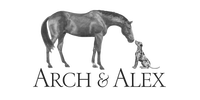
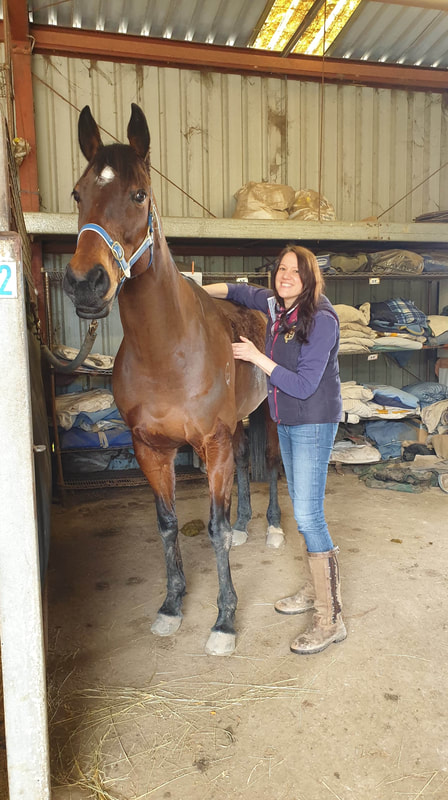
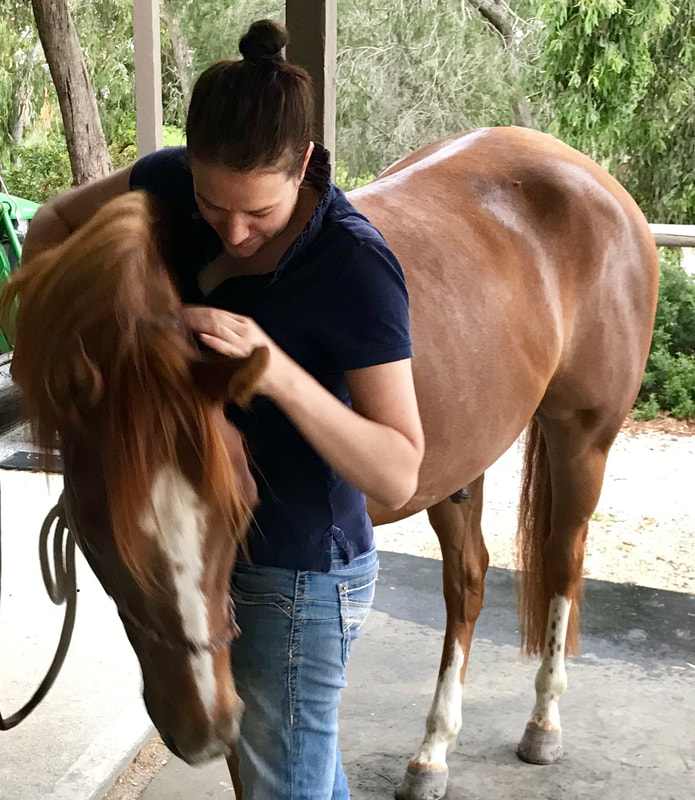
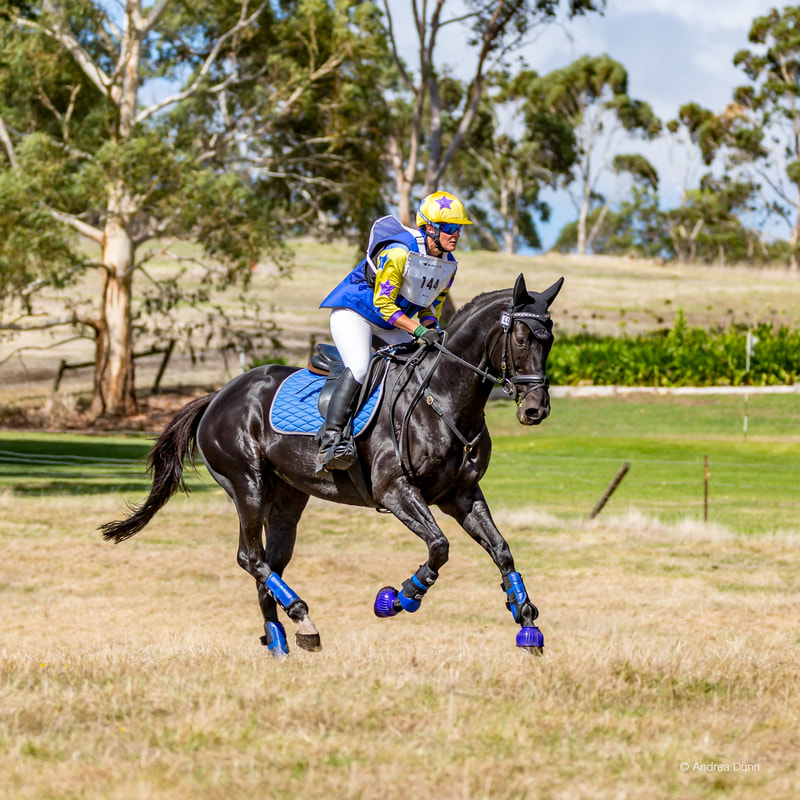
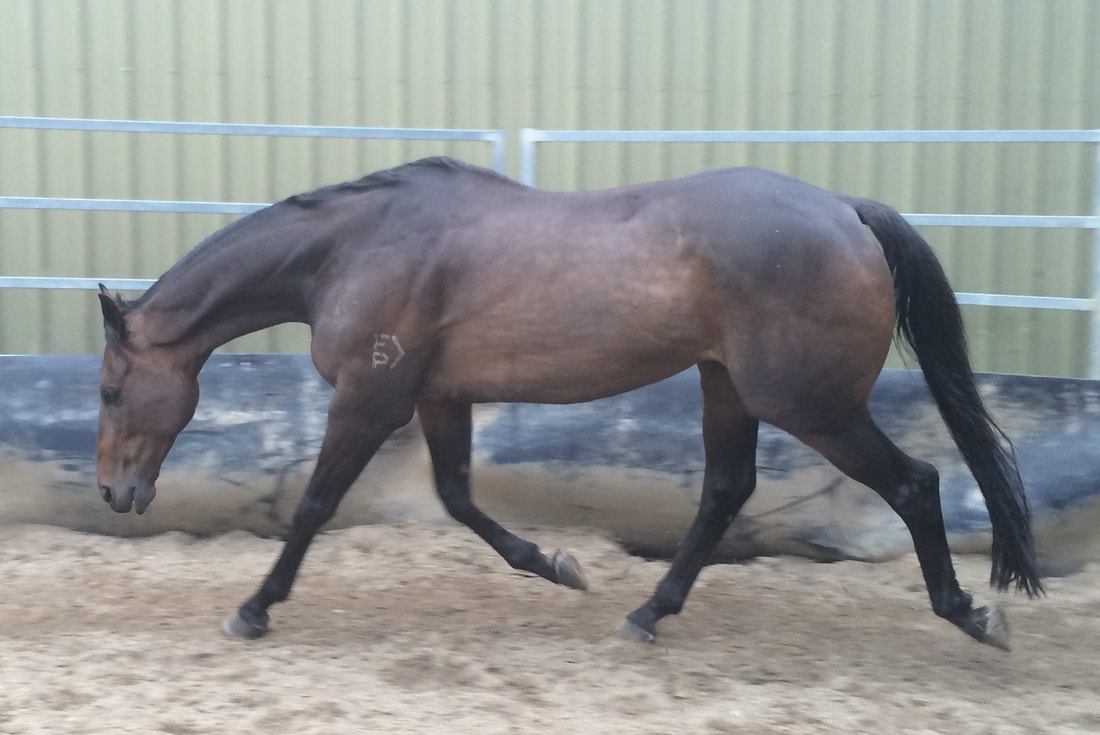
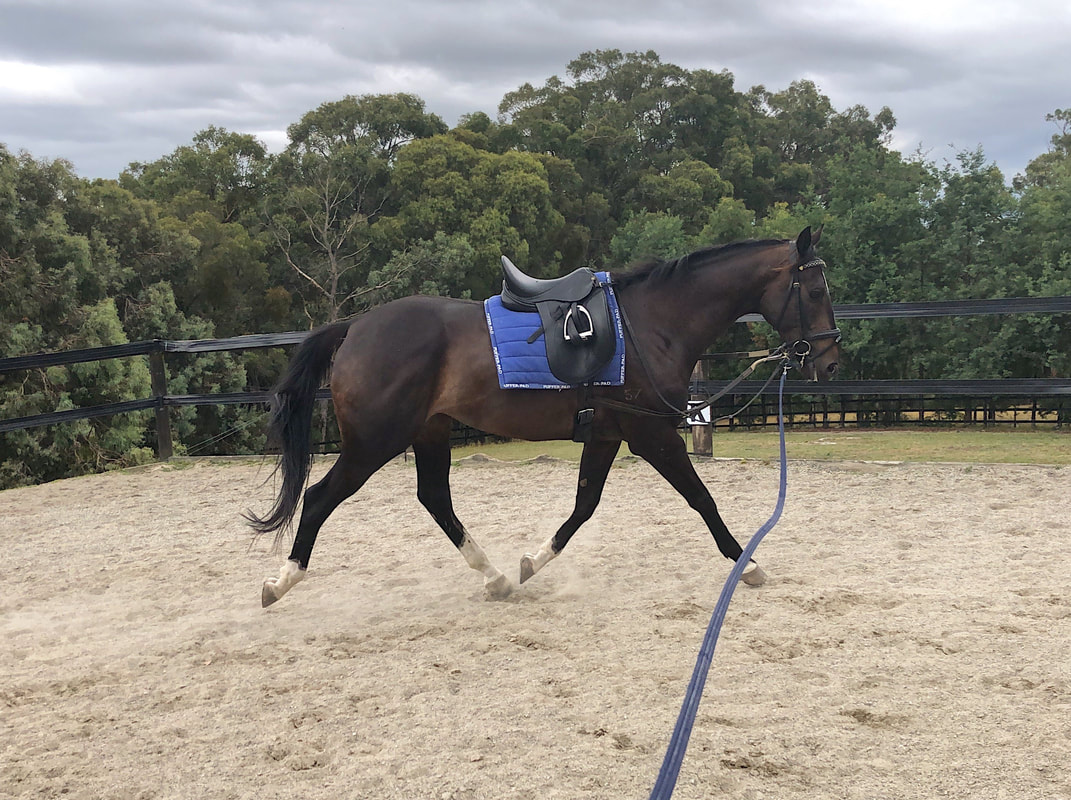
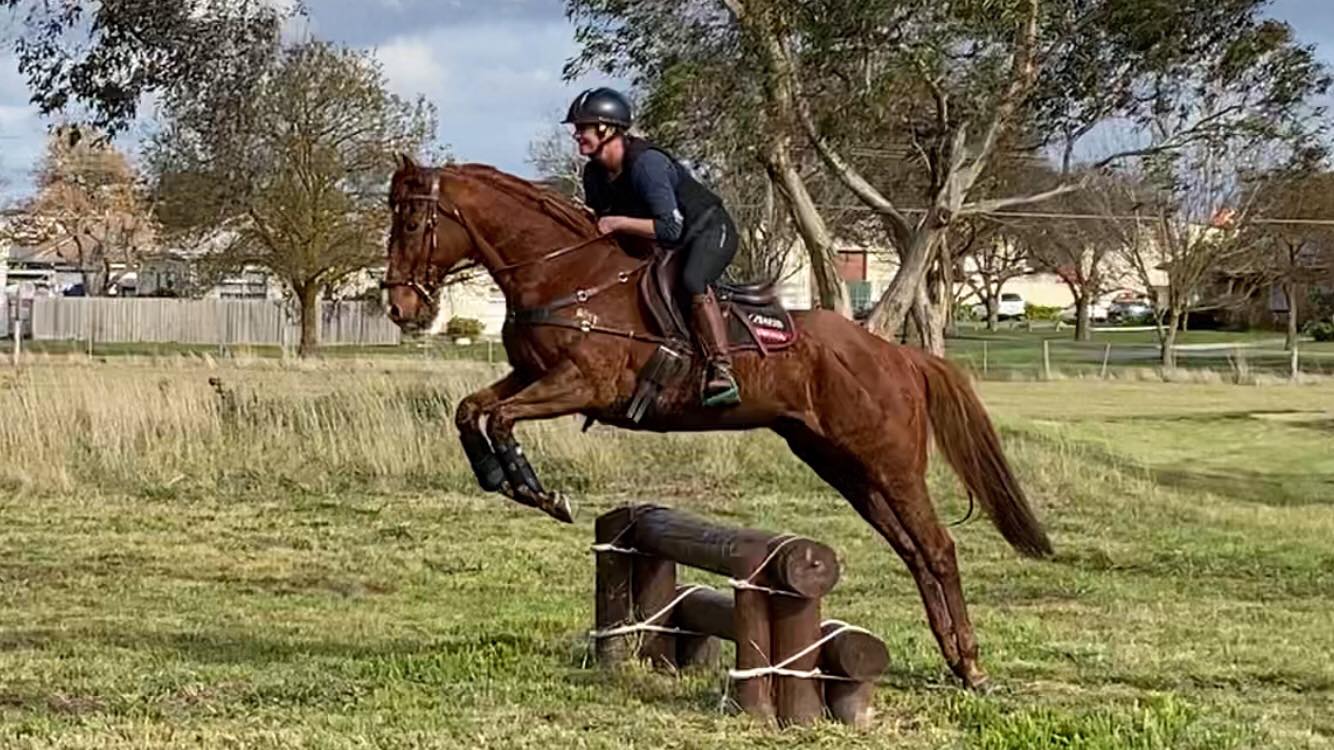
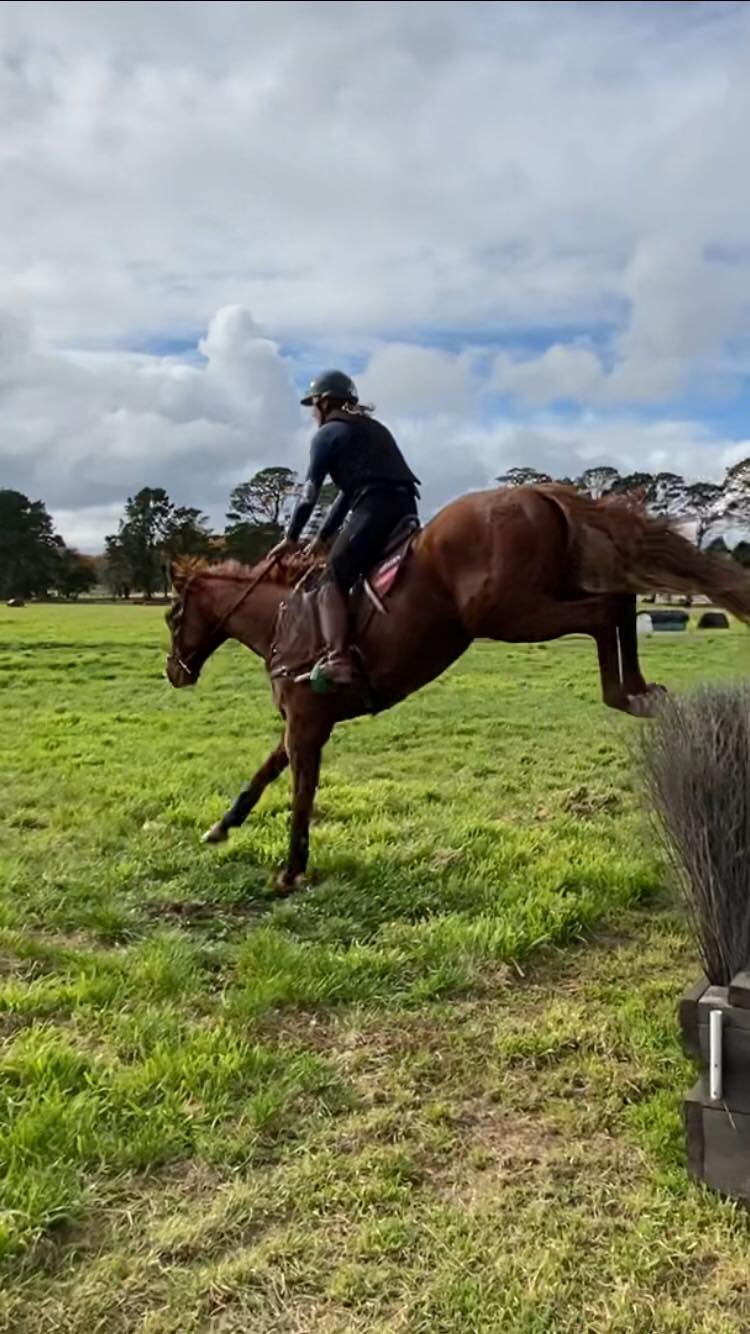
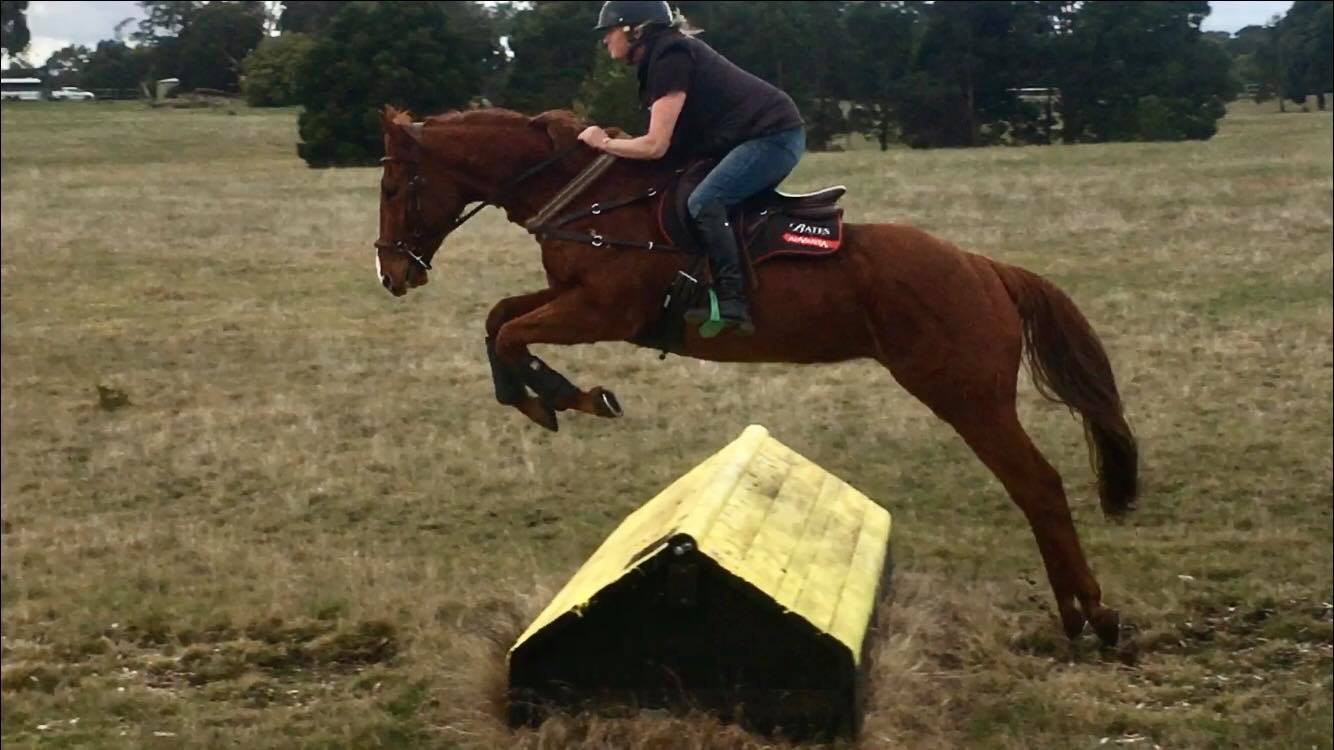
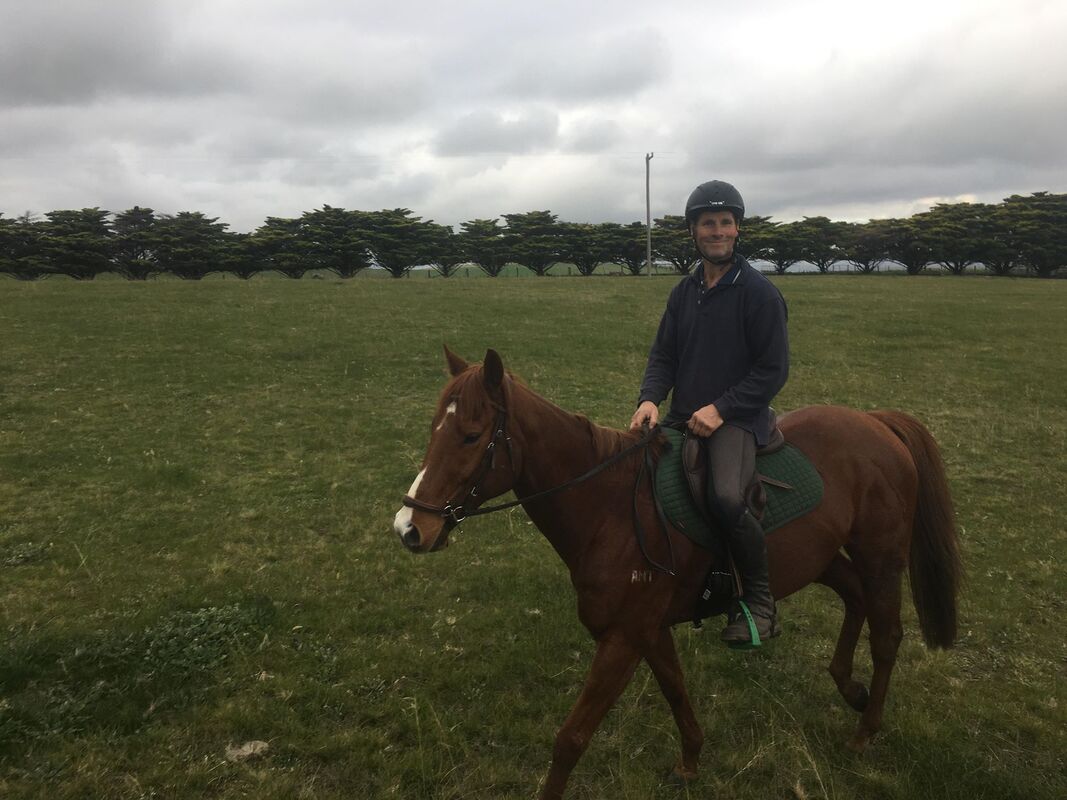
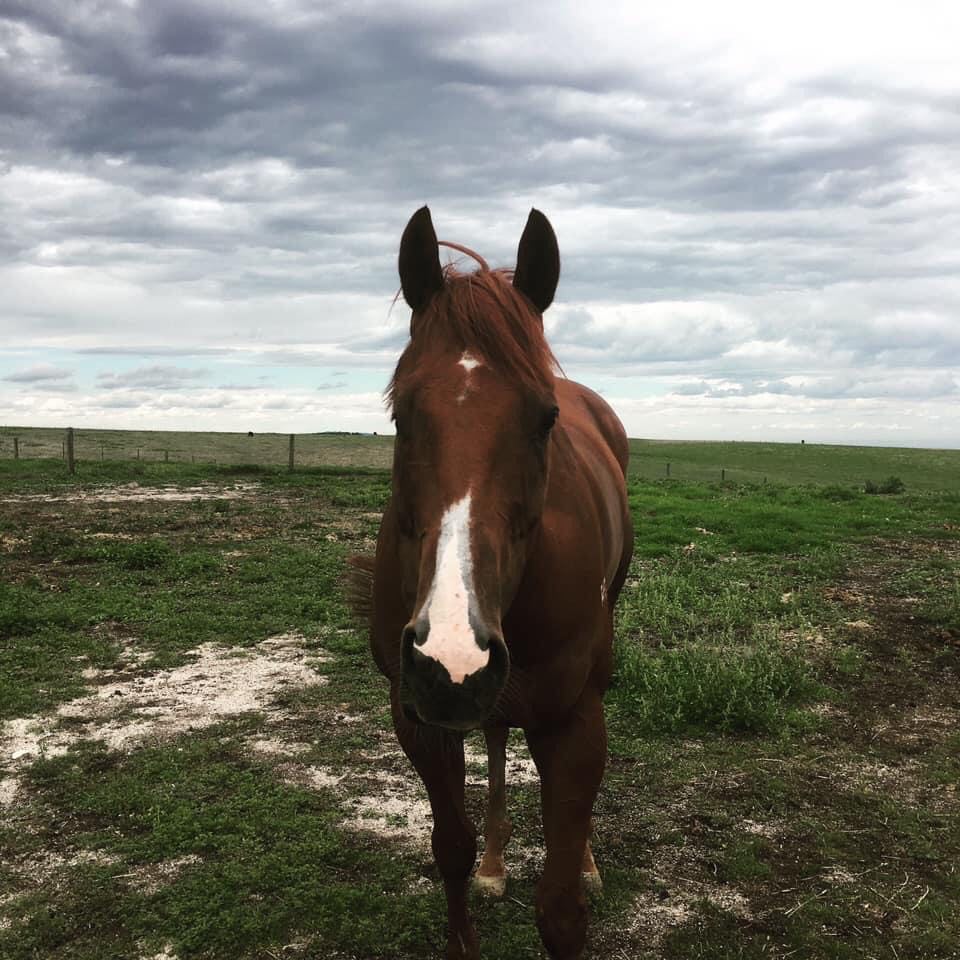
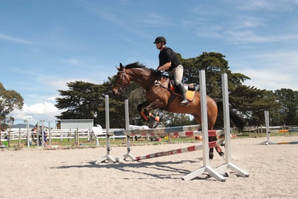
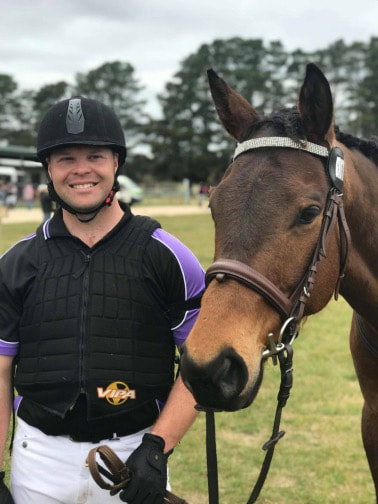
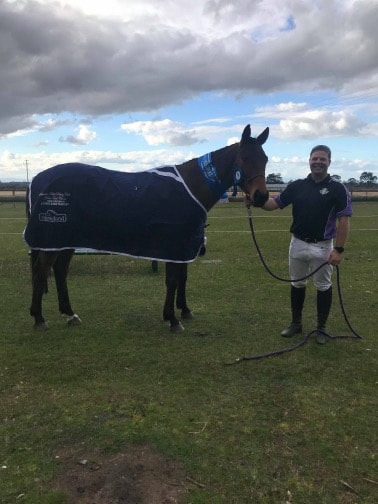
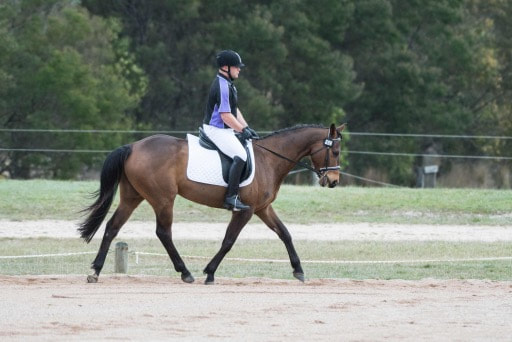
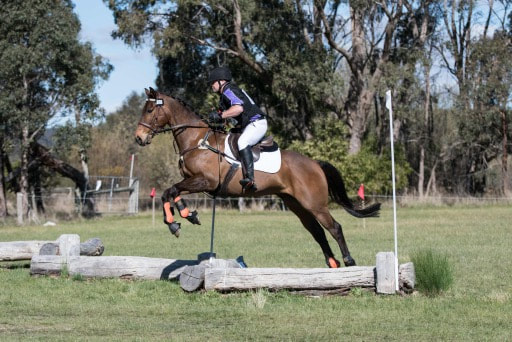
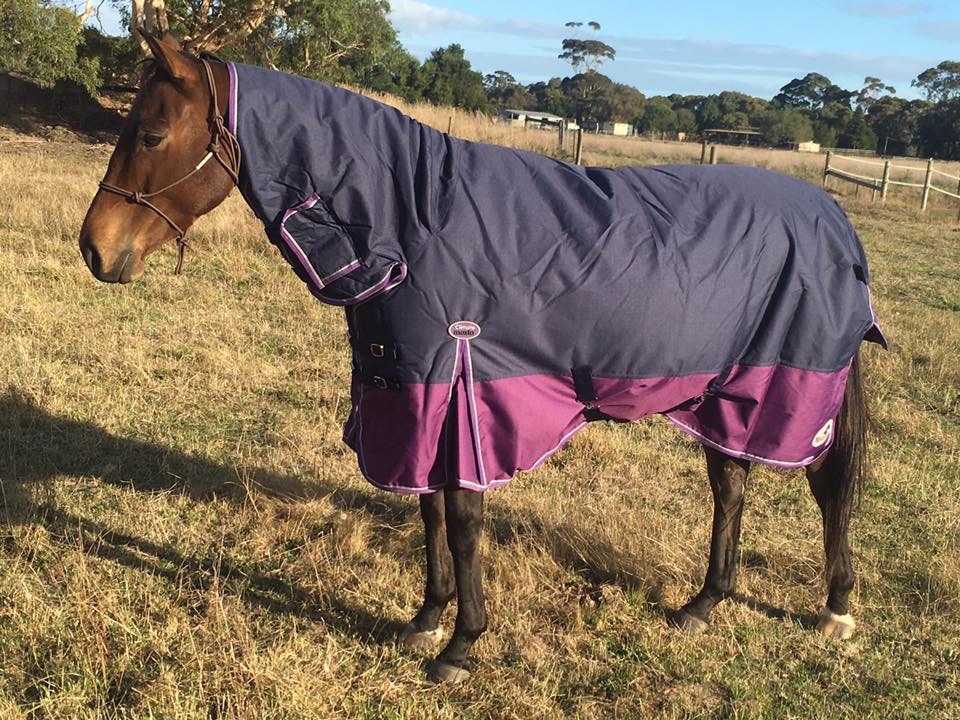
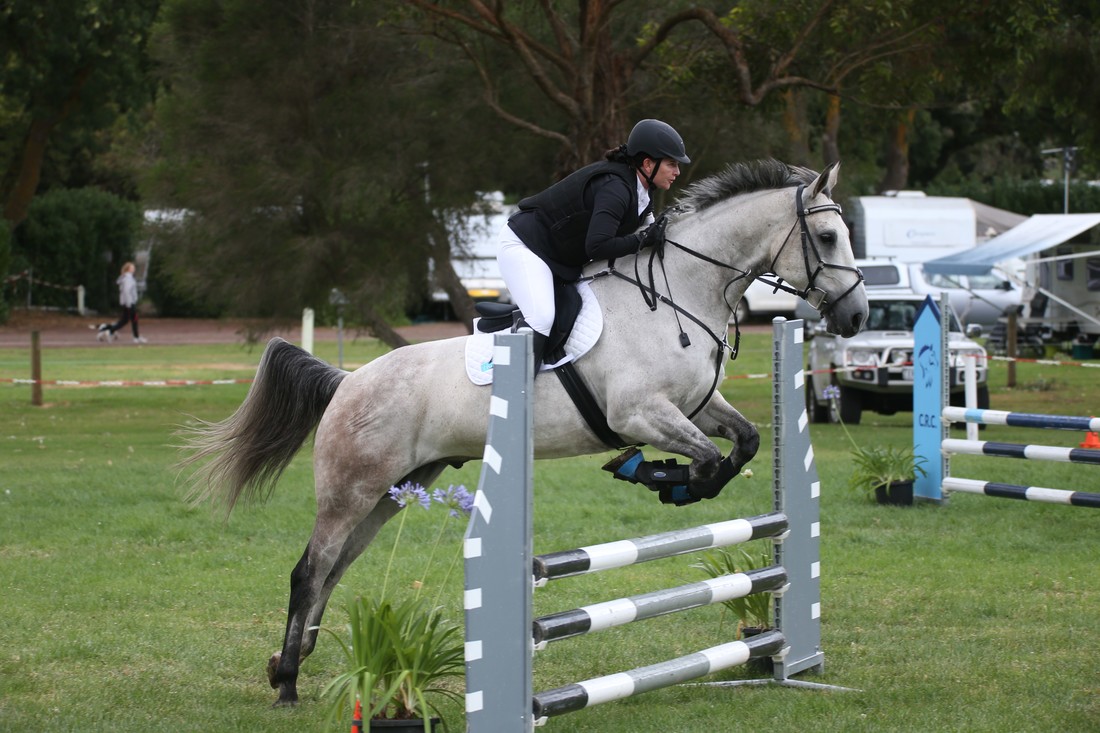
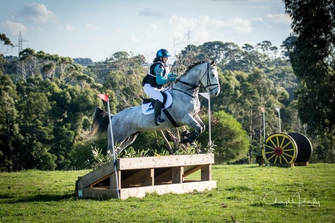
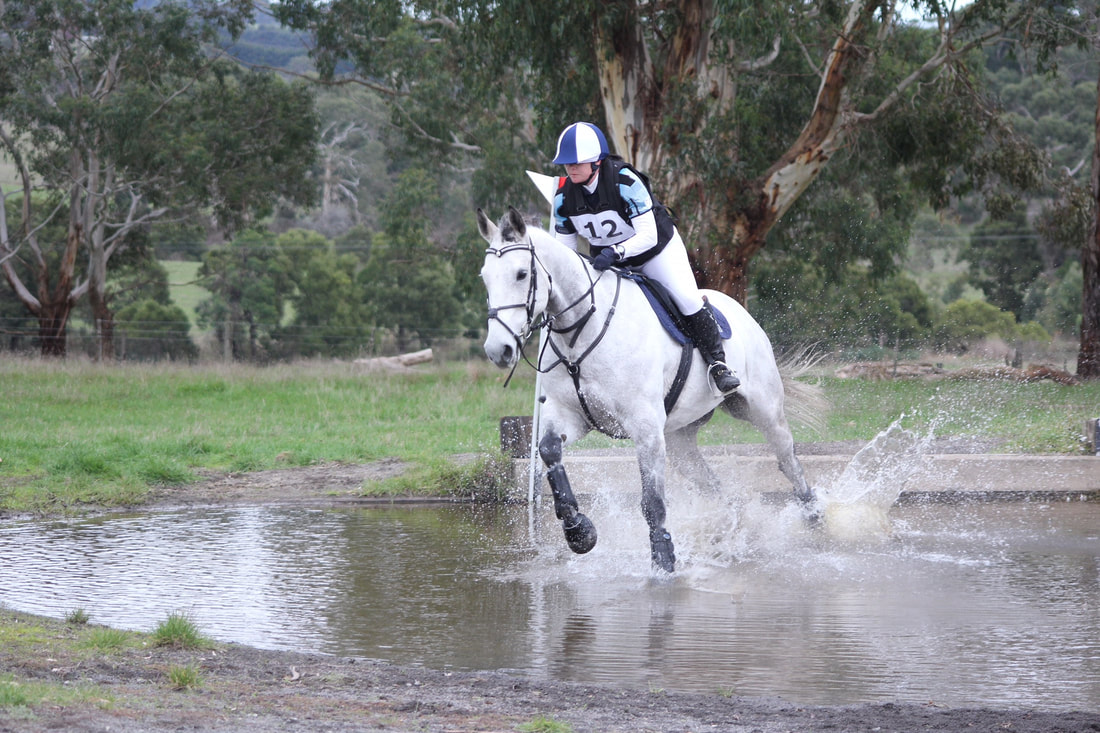
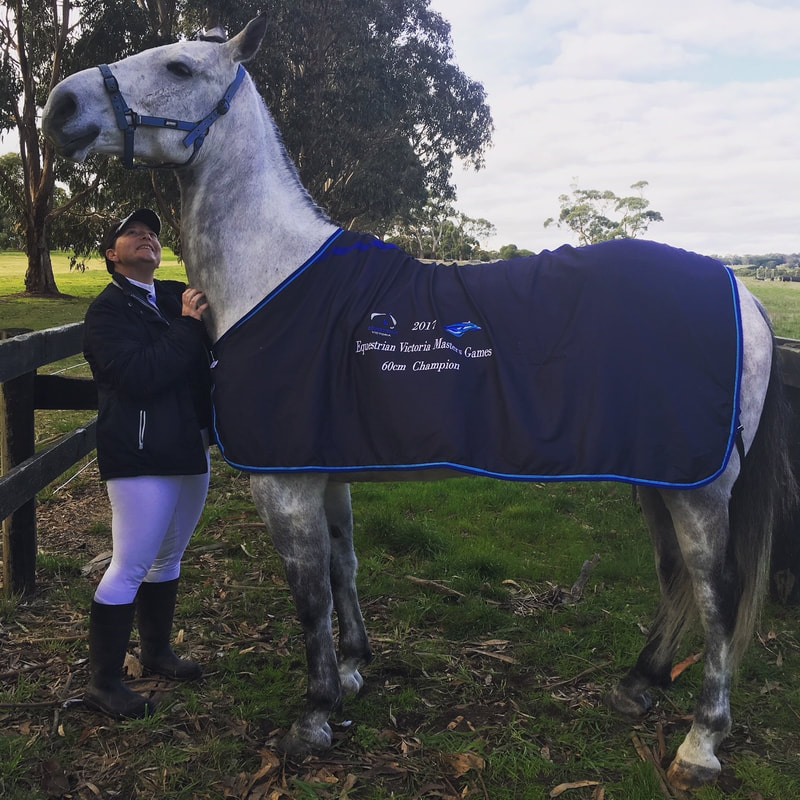
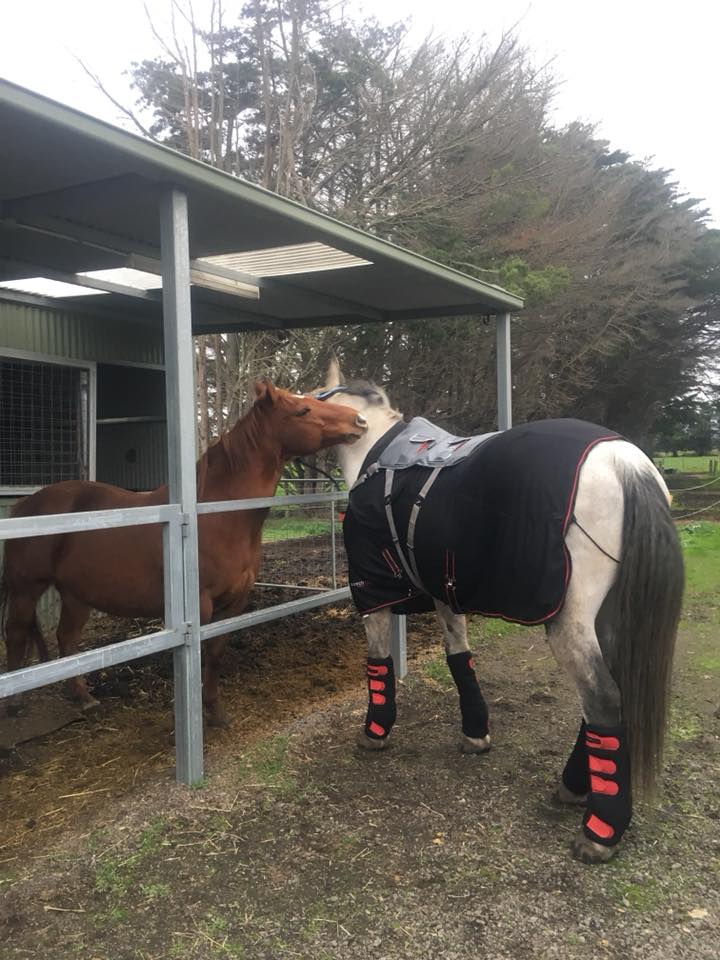
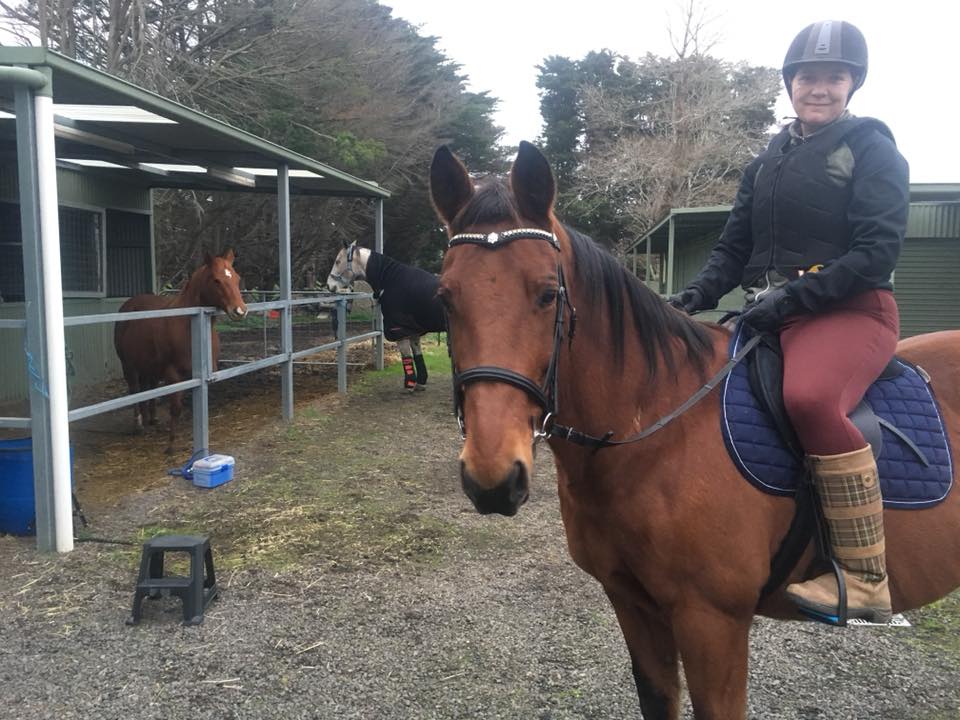
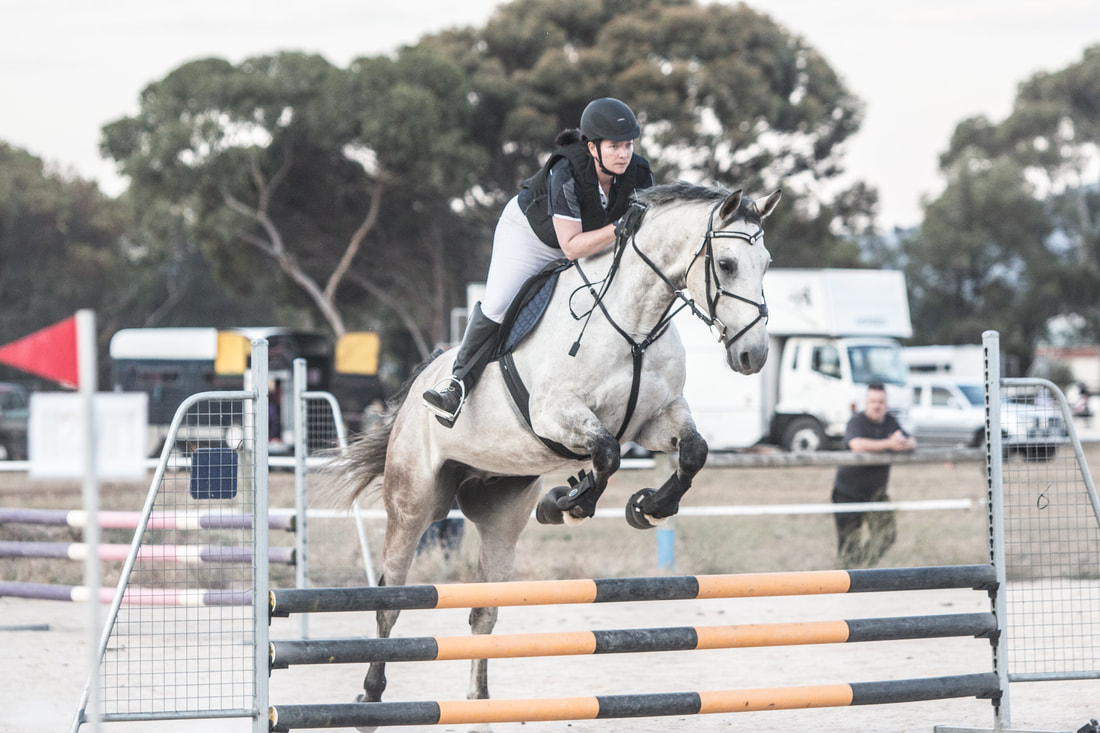
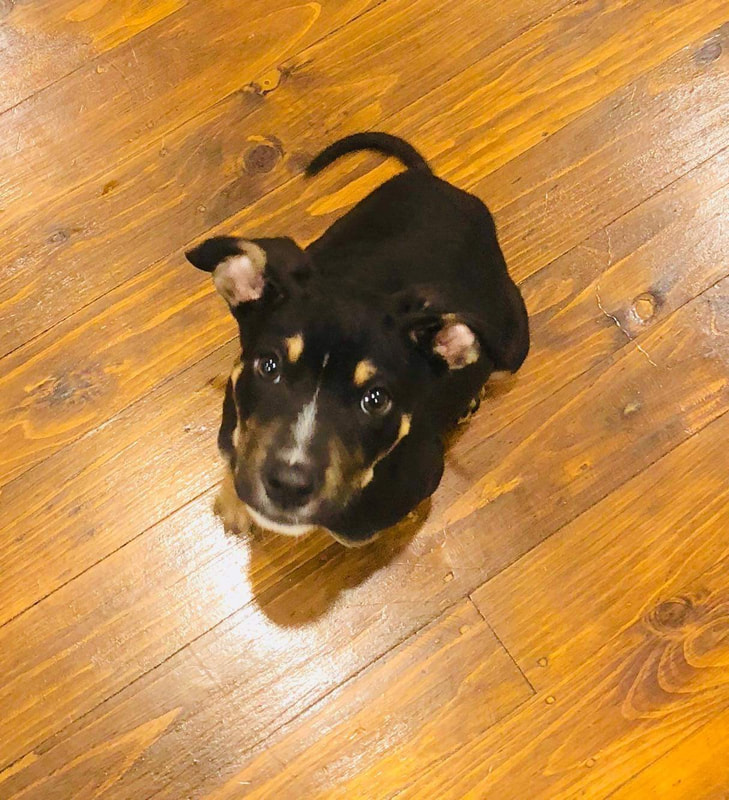
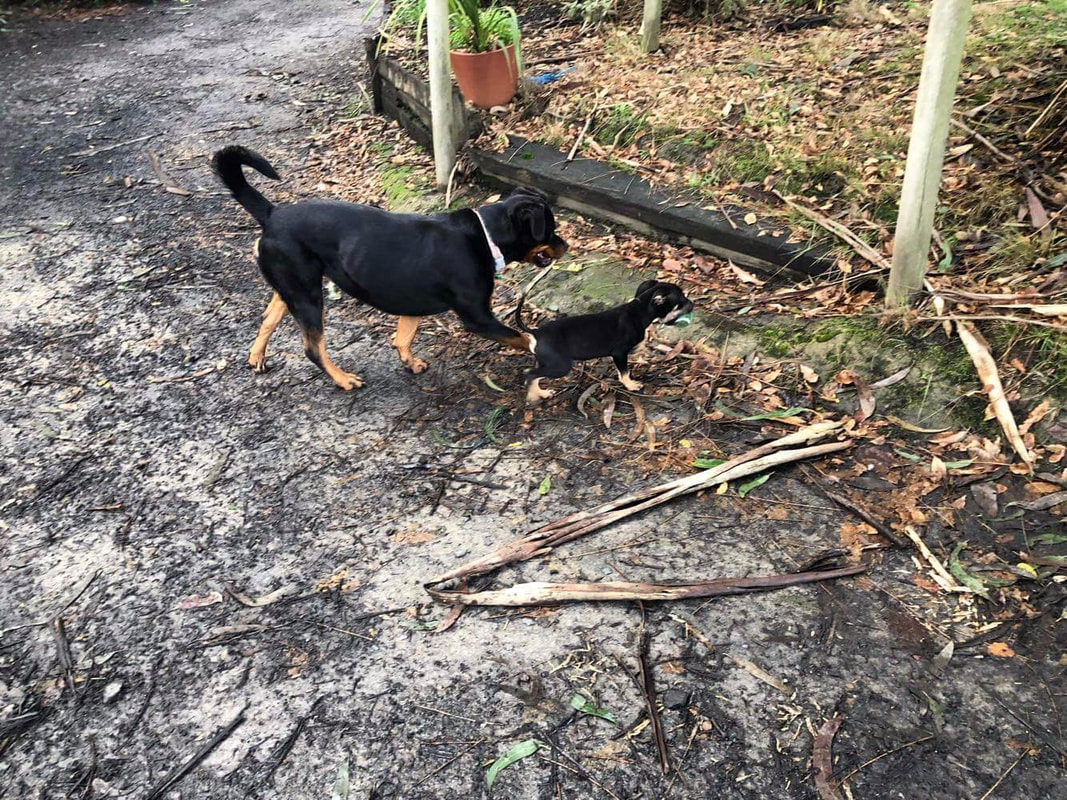
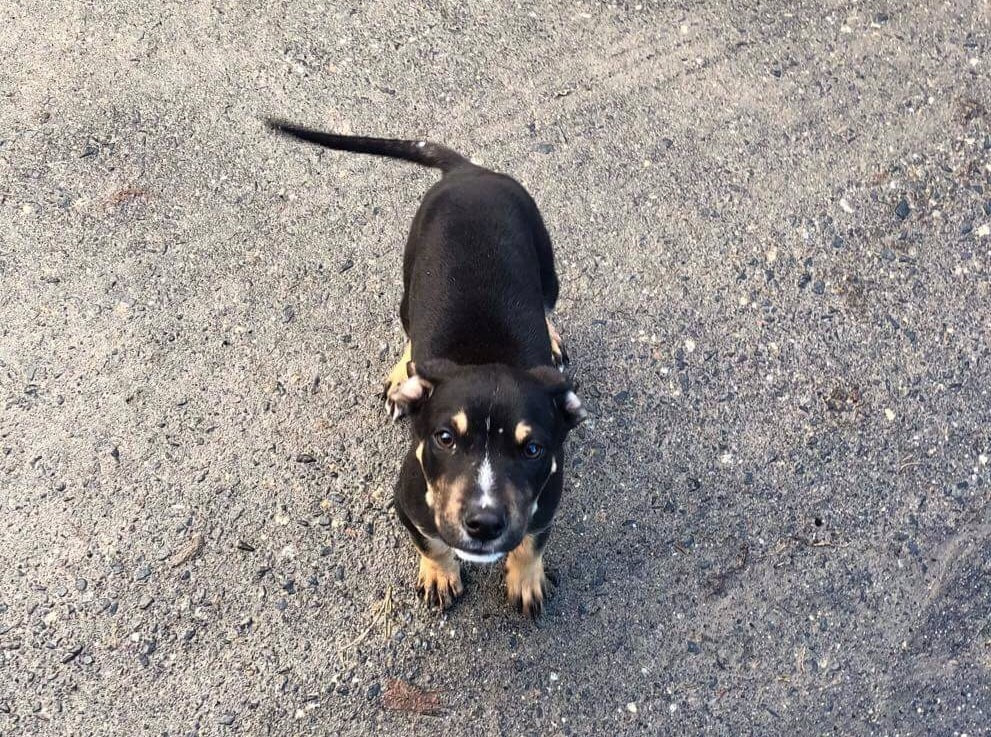
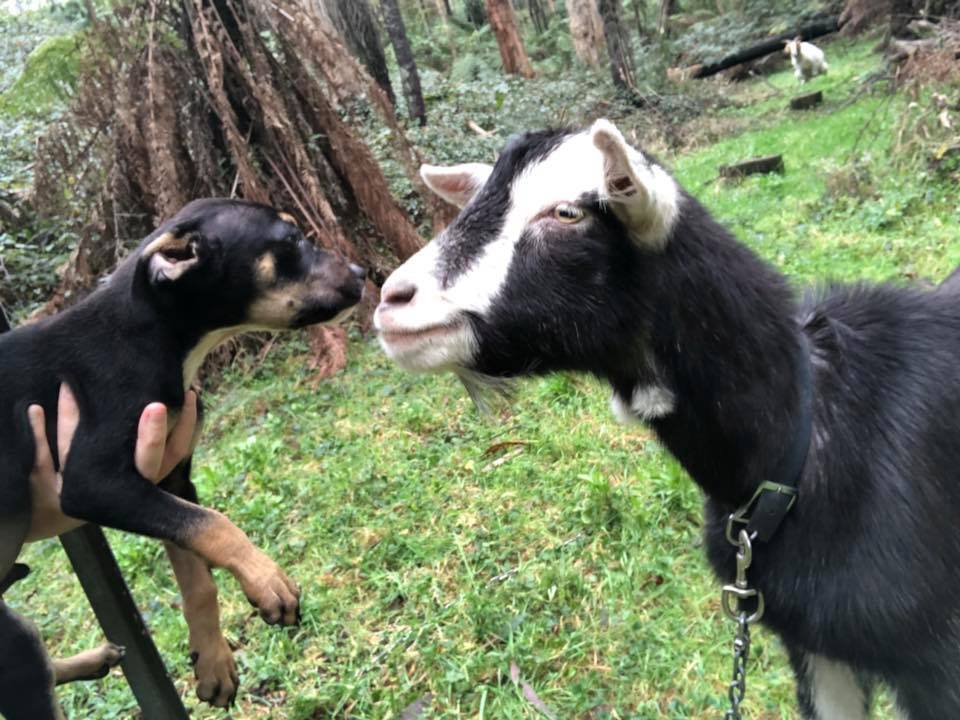
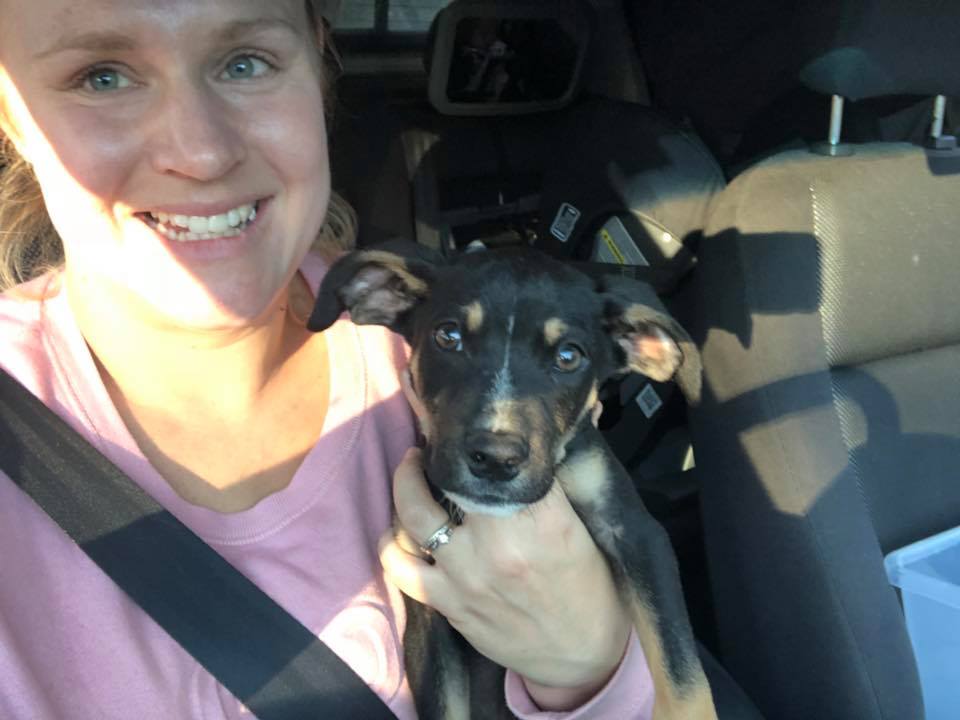
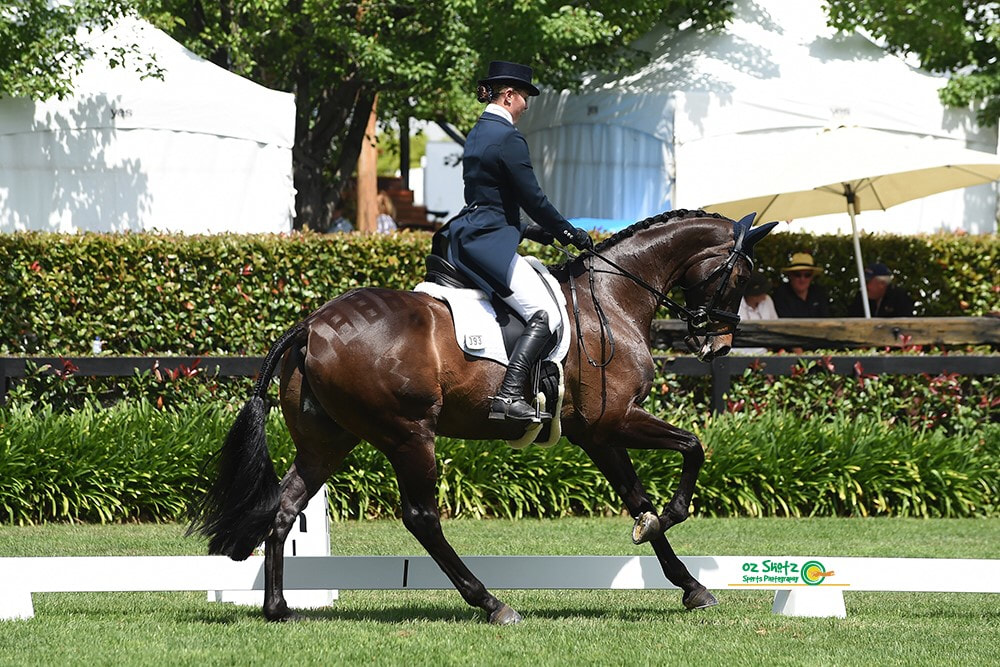
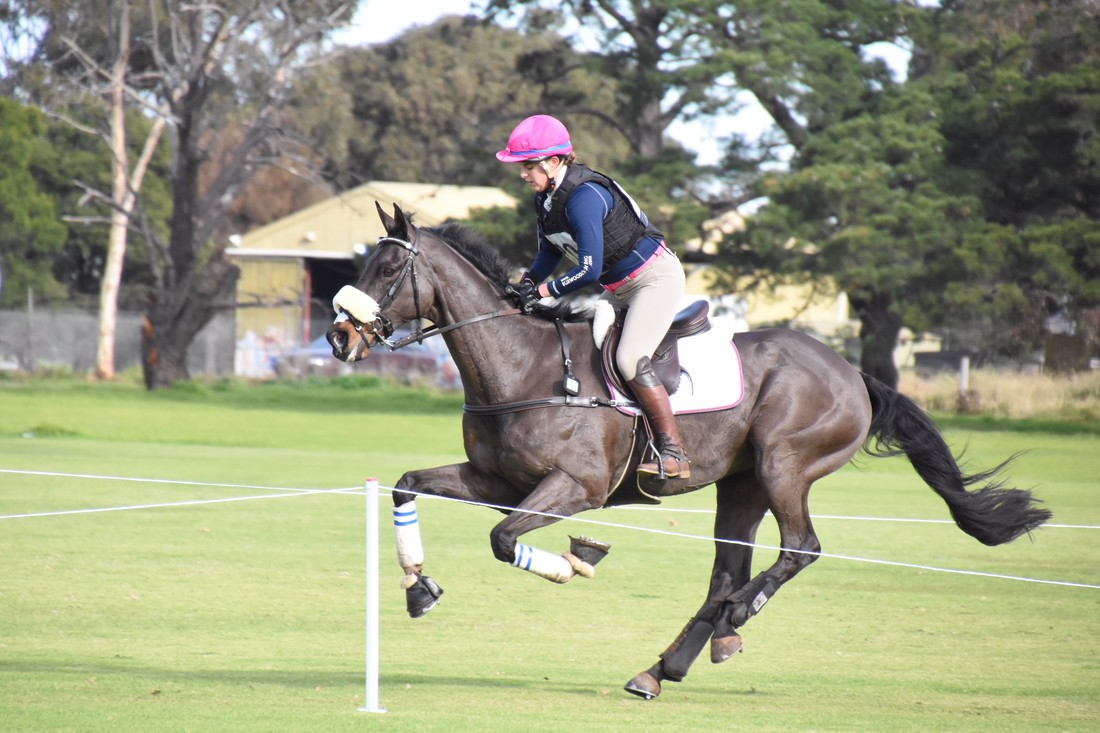
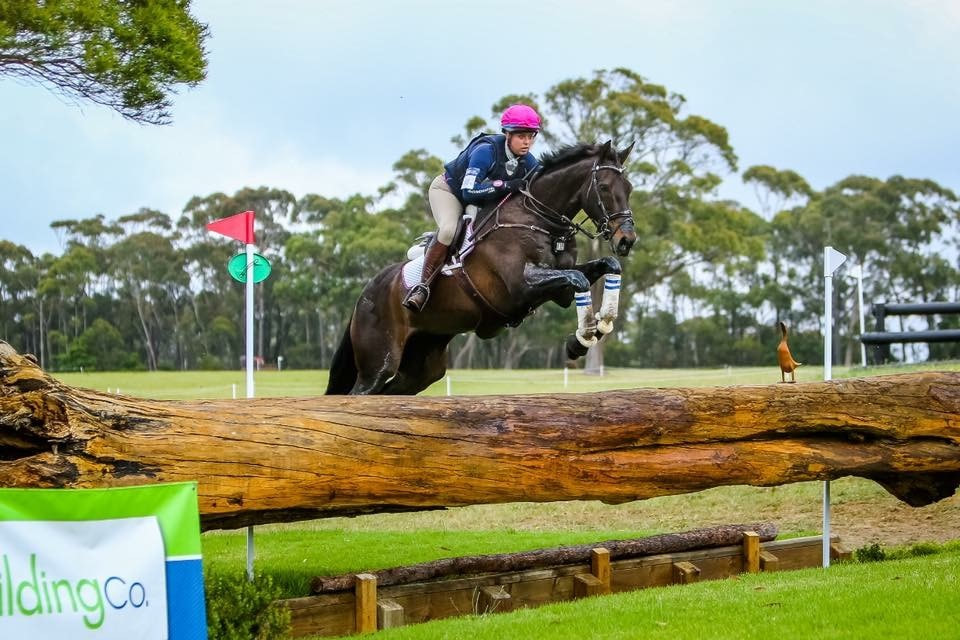
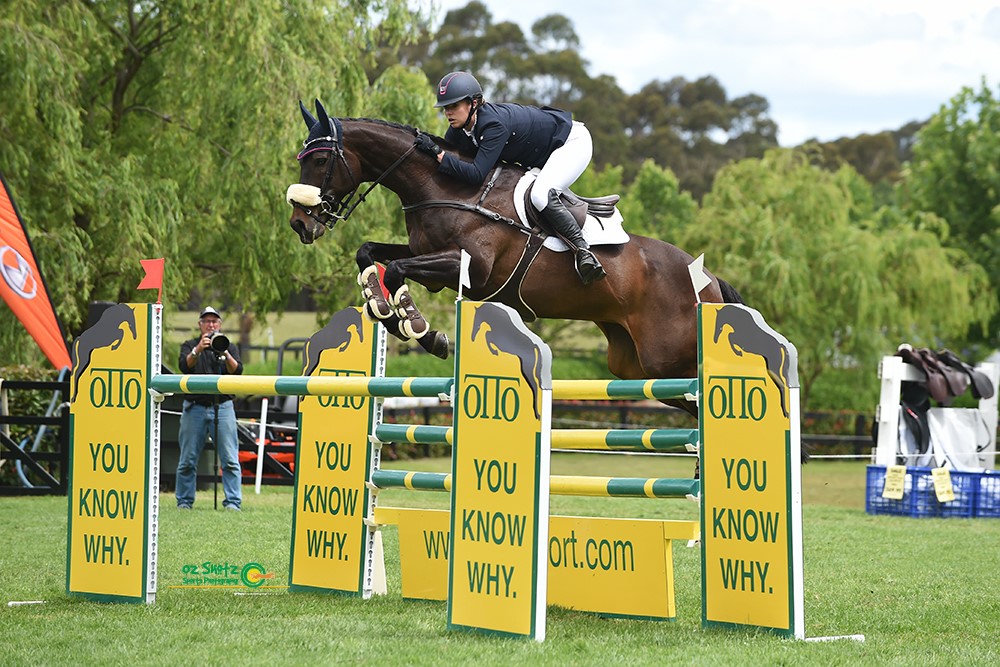
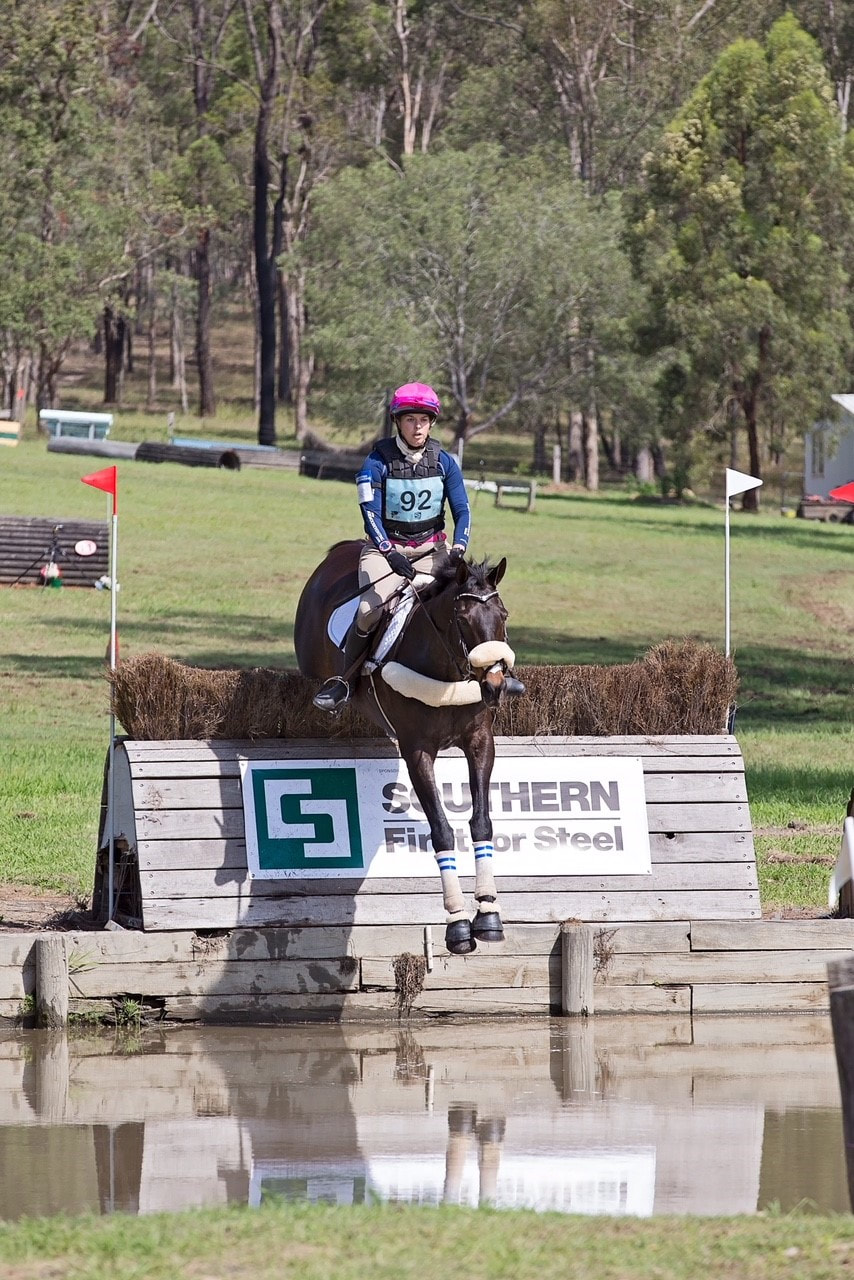
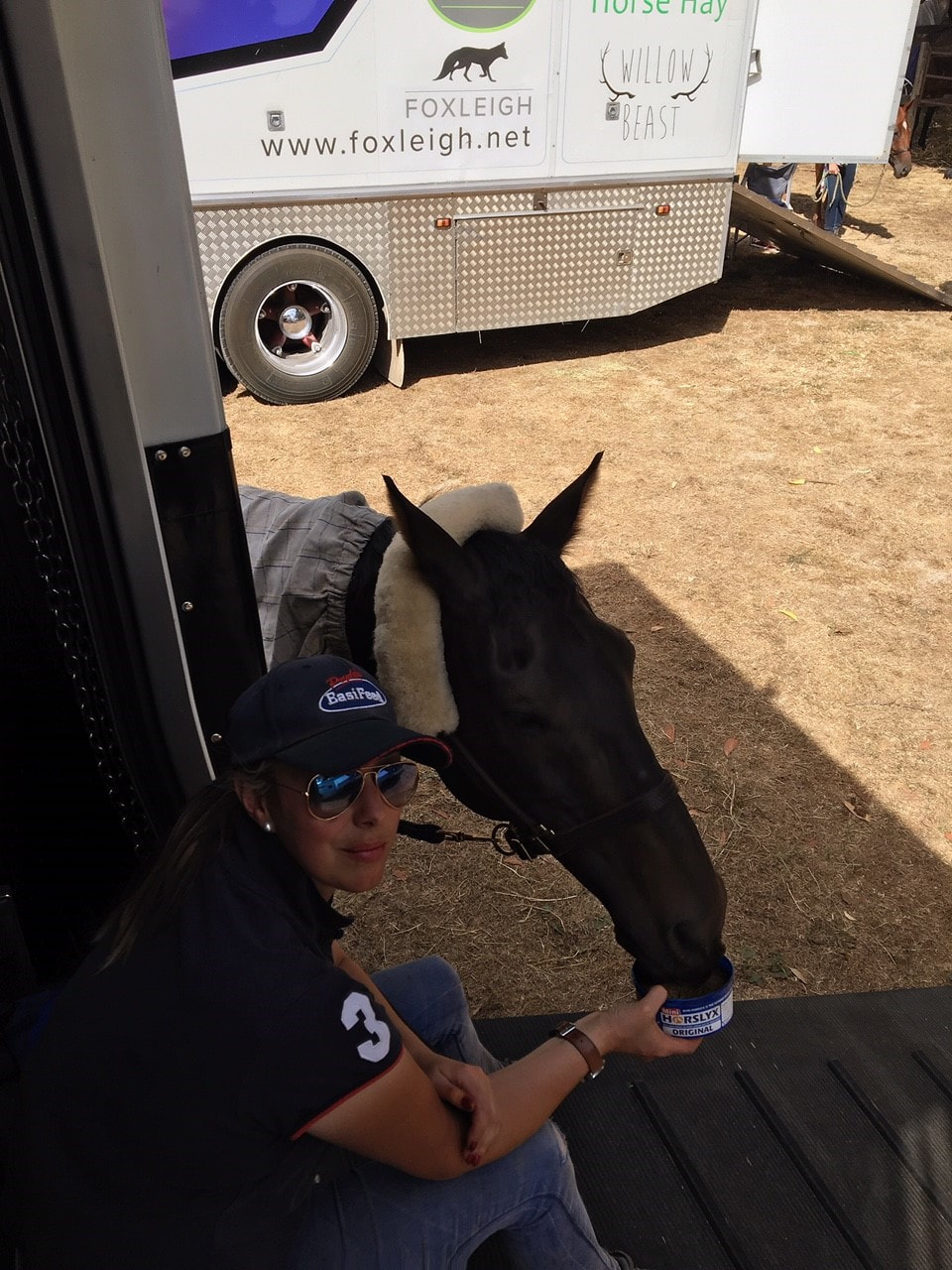
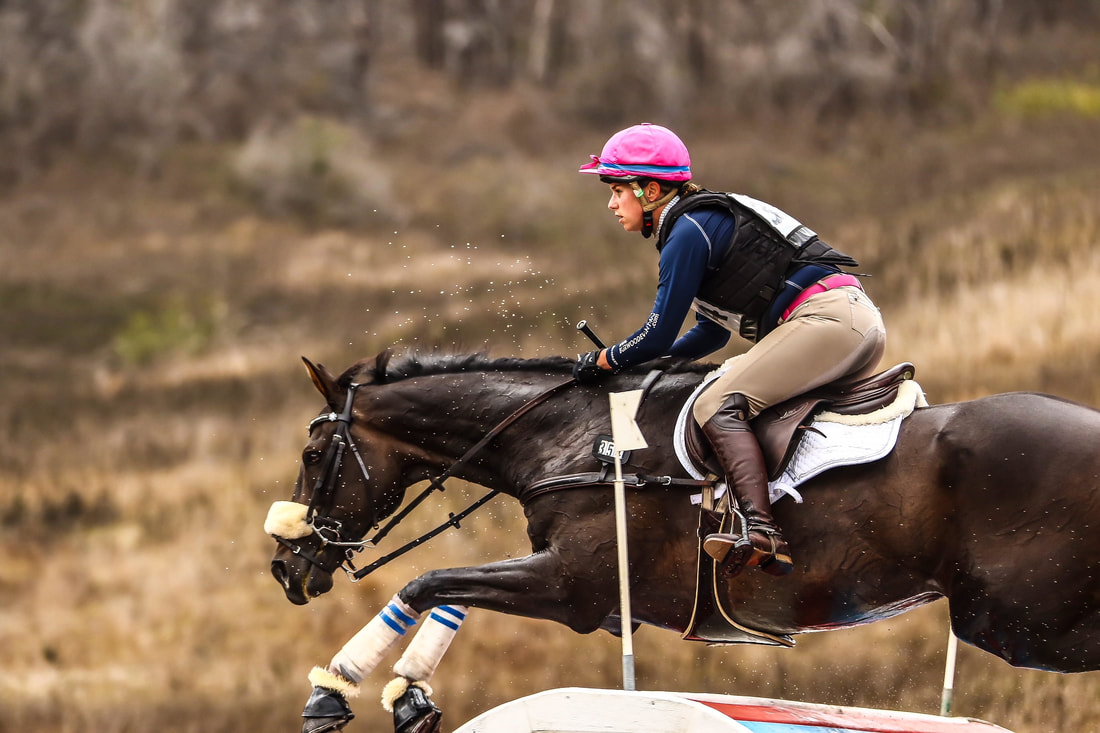
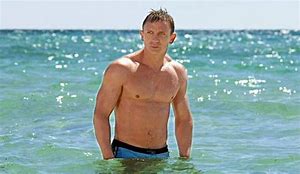
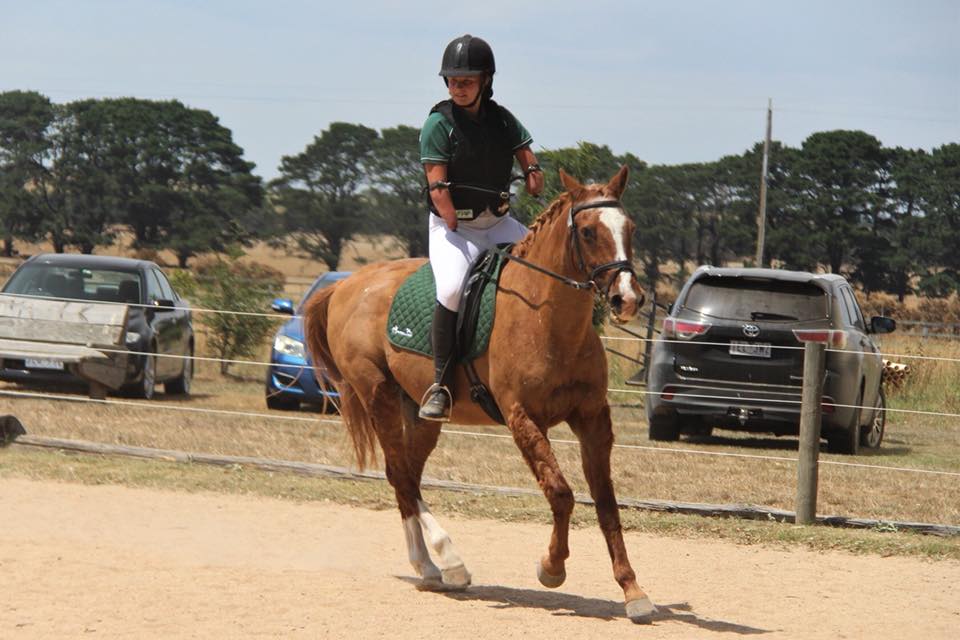
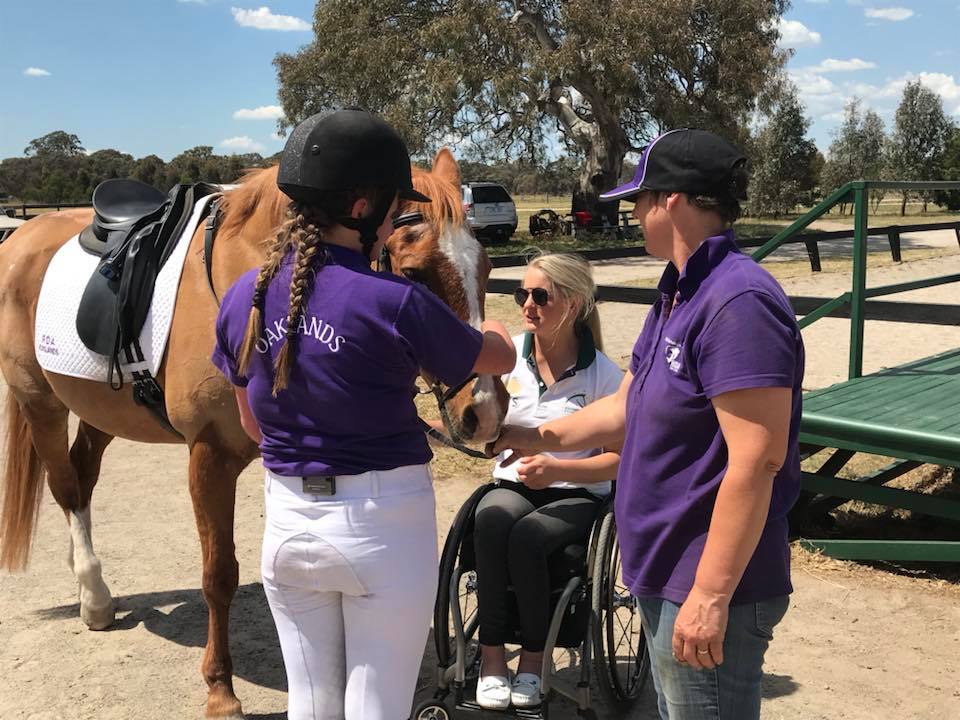
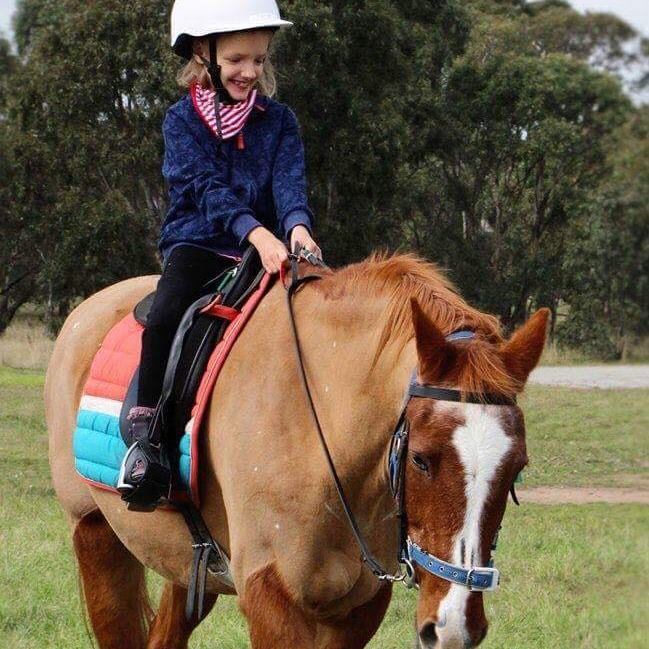
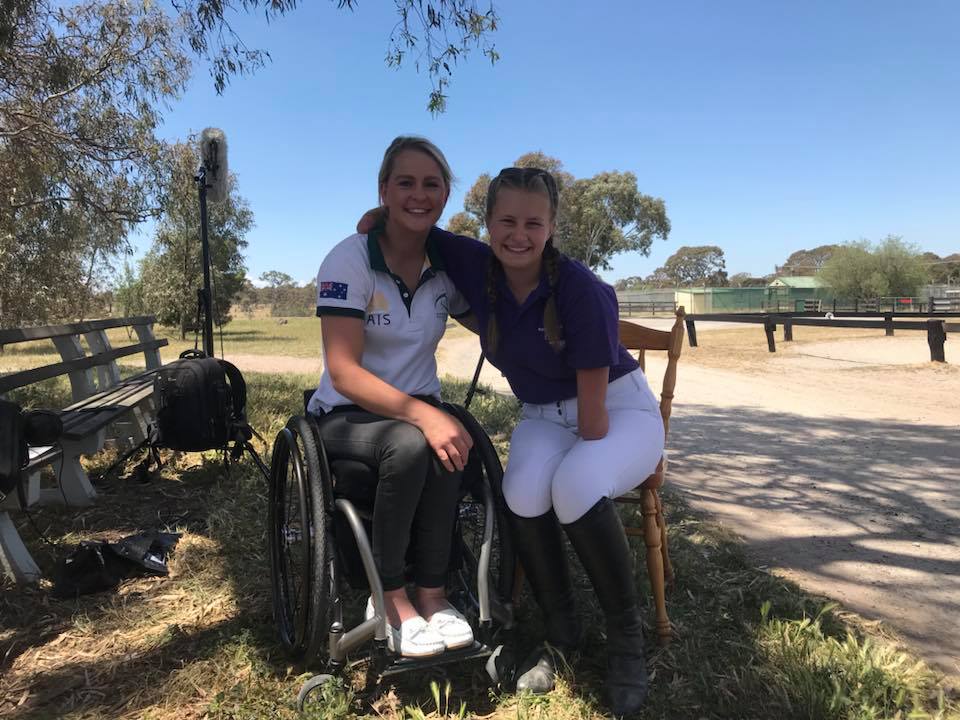
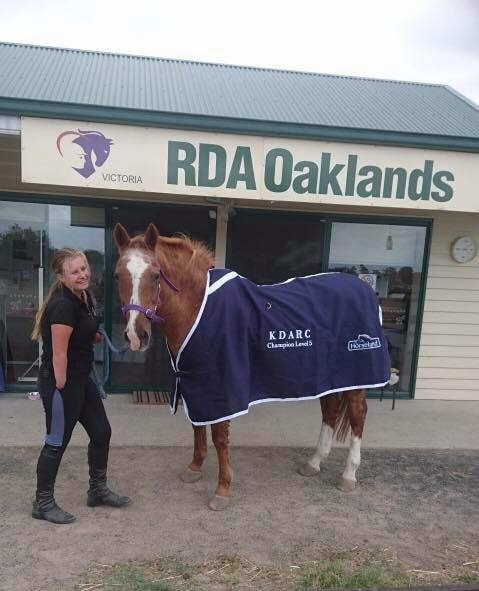
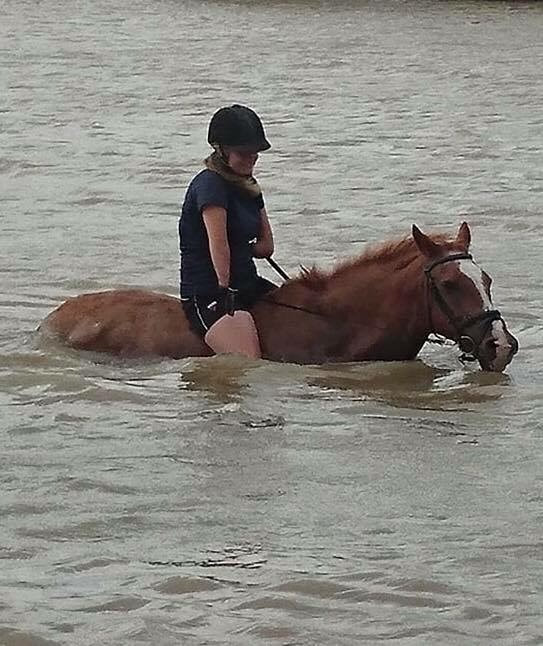
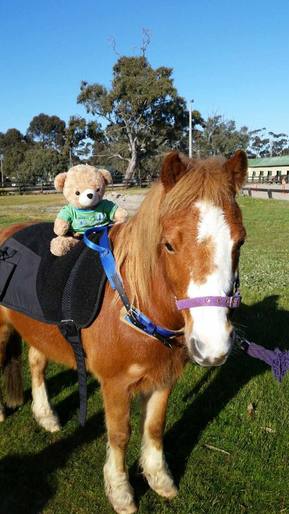
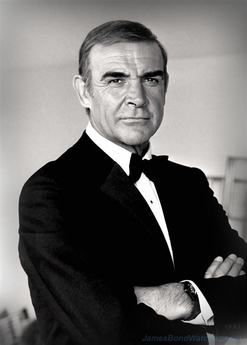
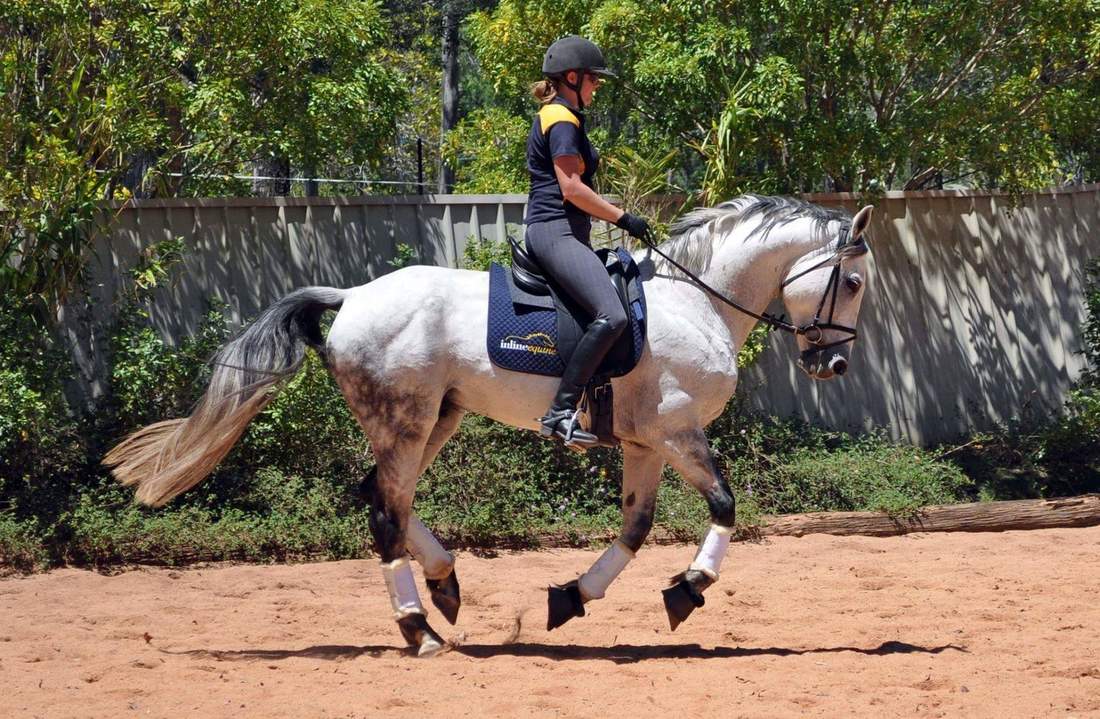
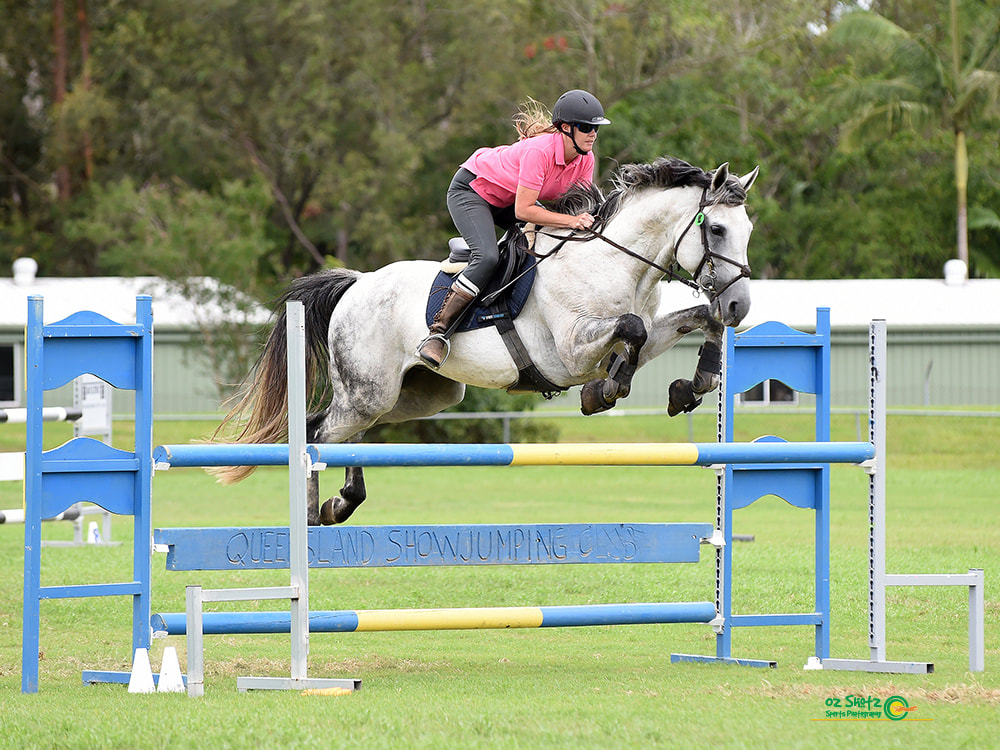
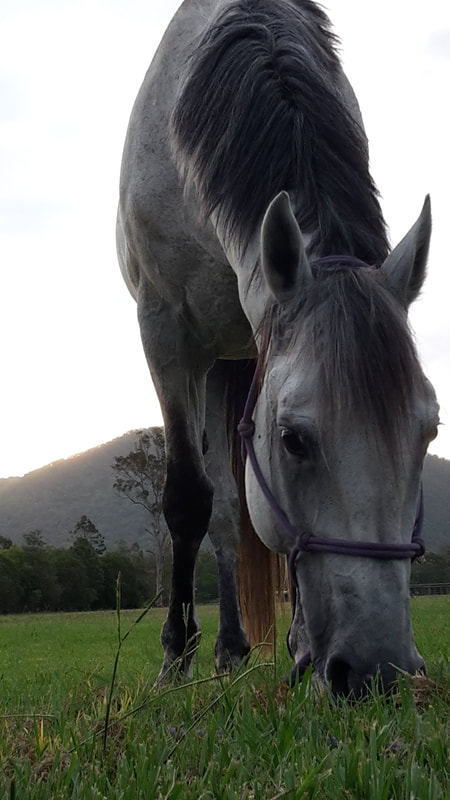
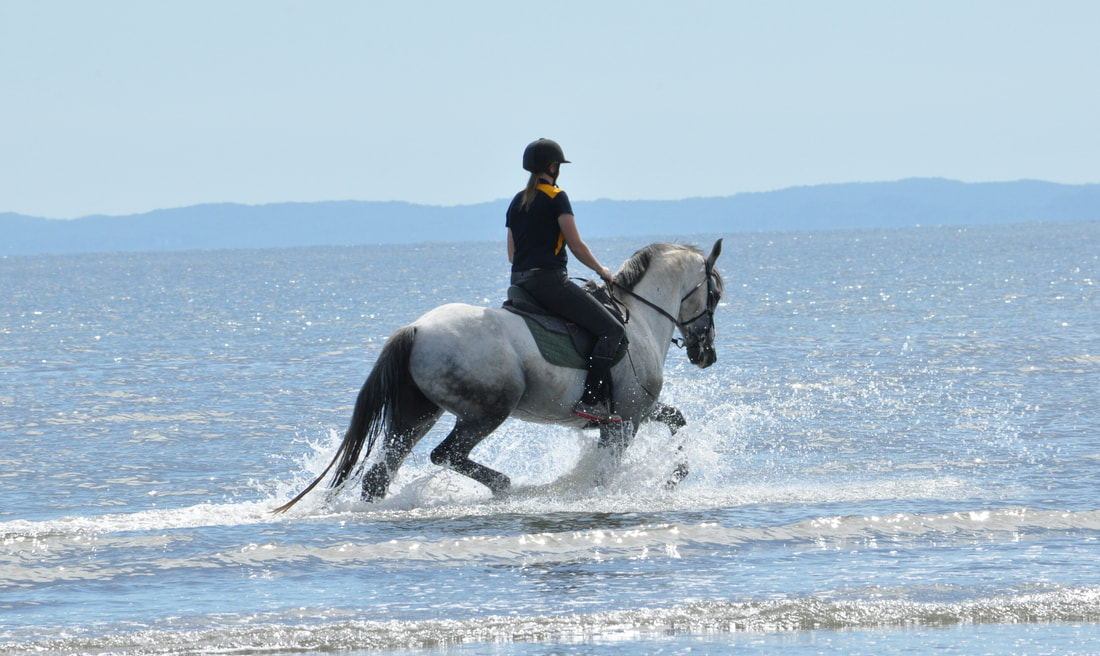
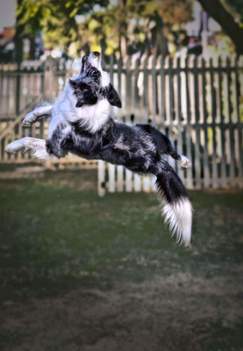
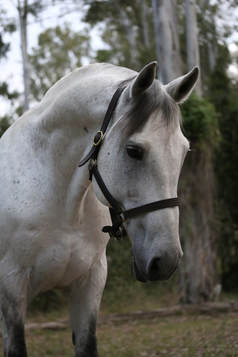
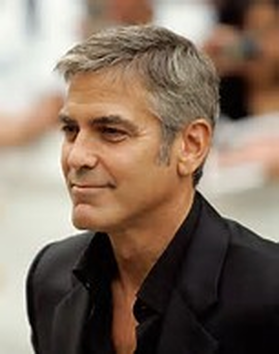
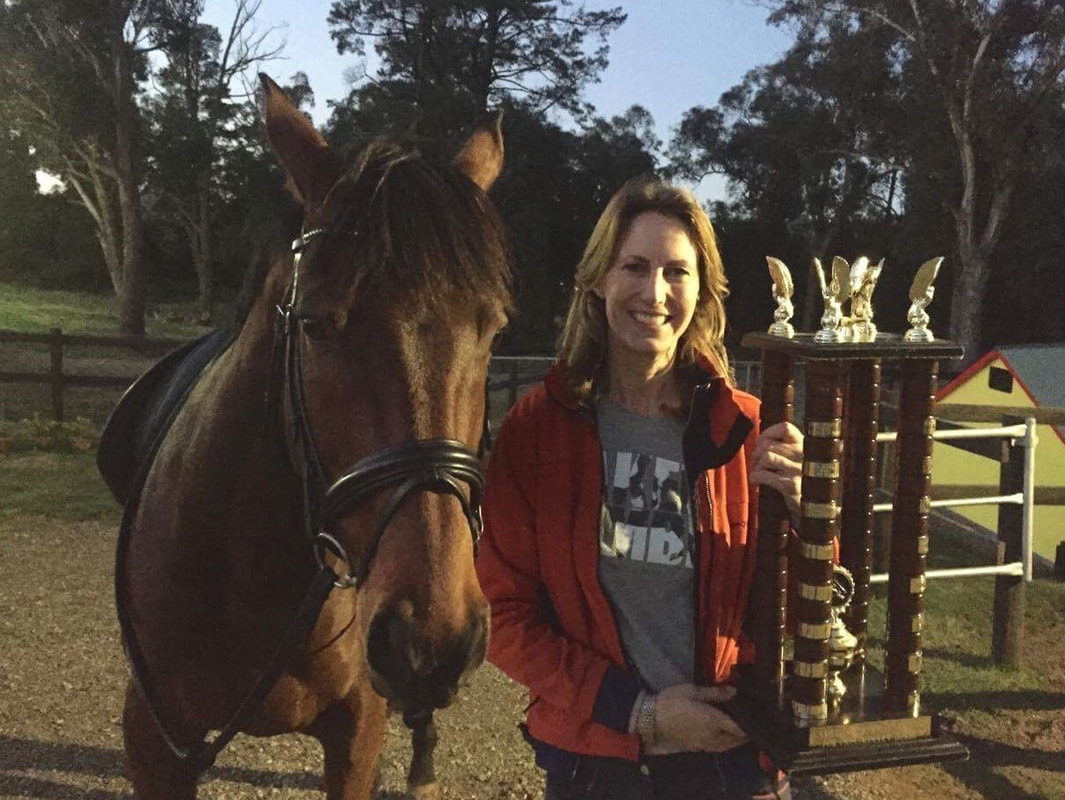
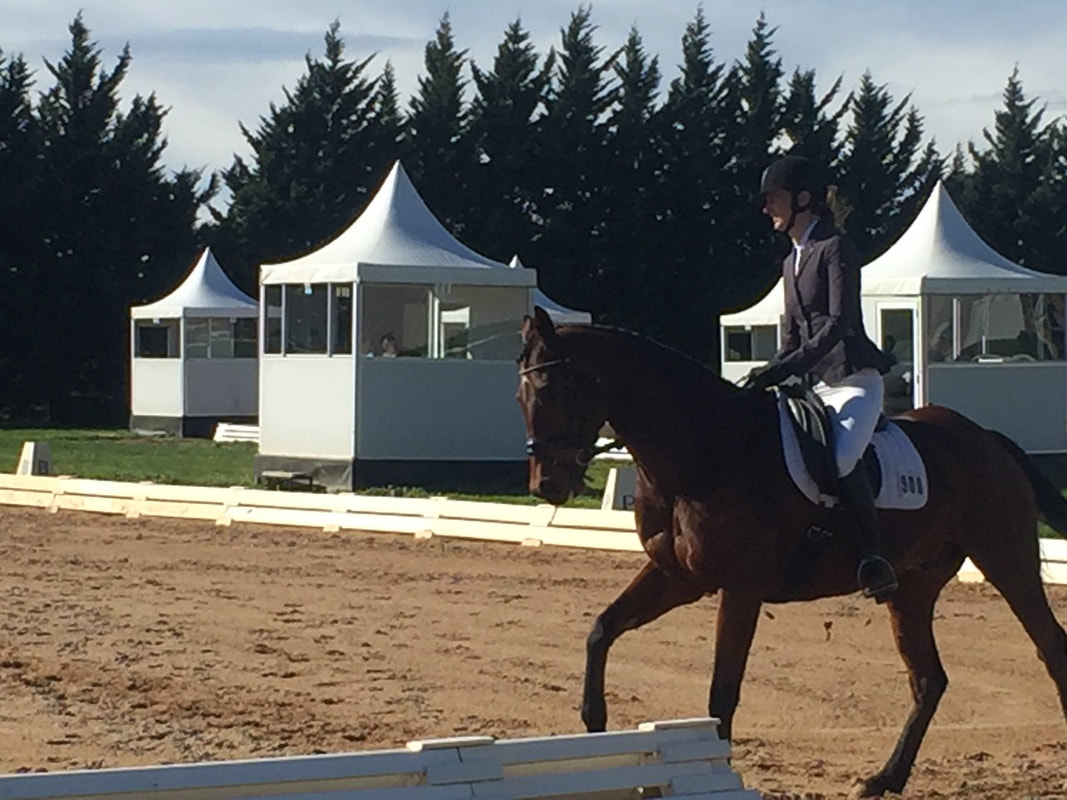
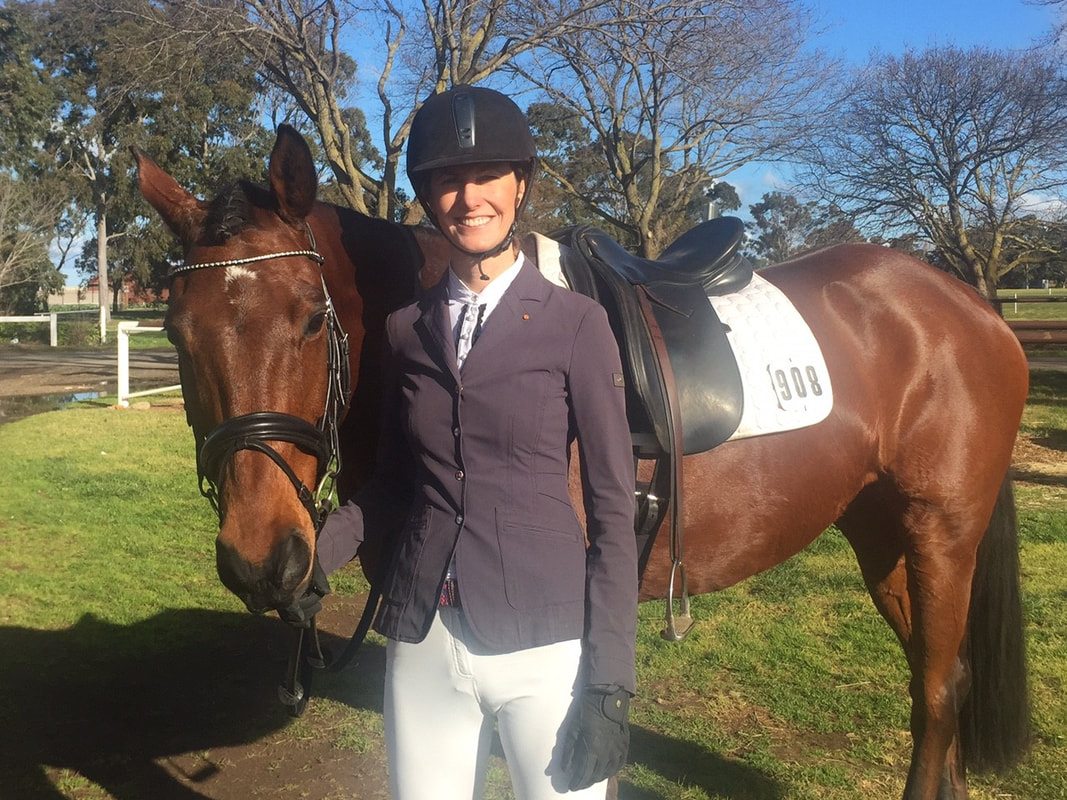
 RSS Feed
RSS Feed